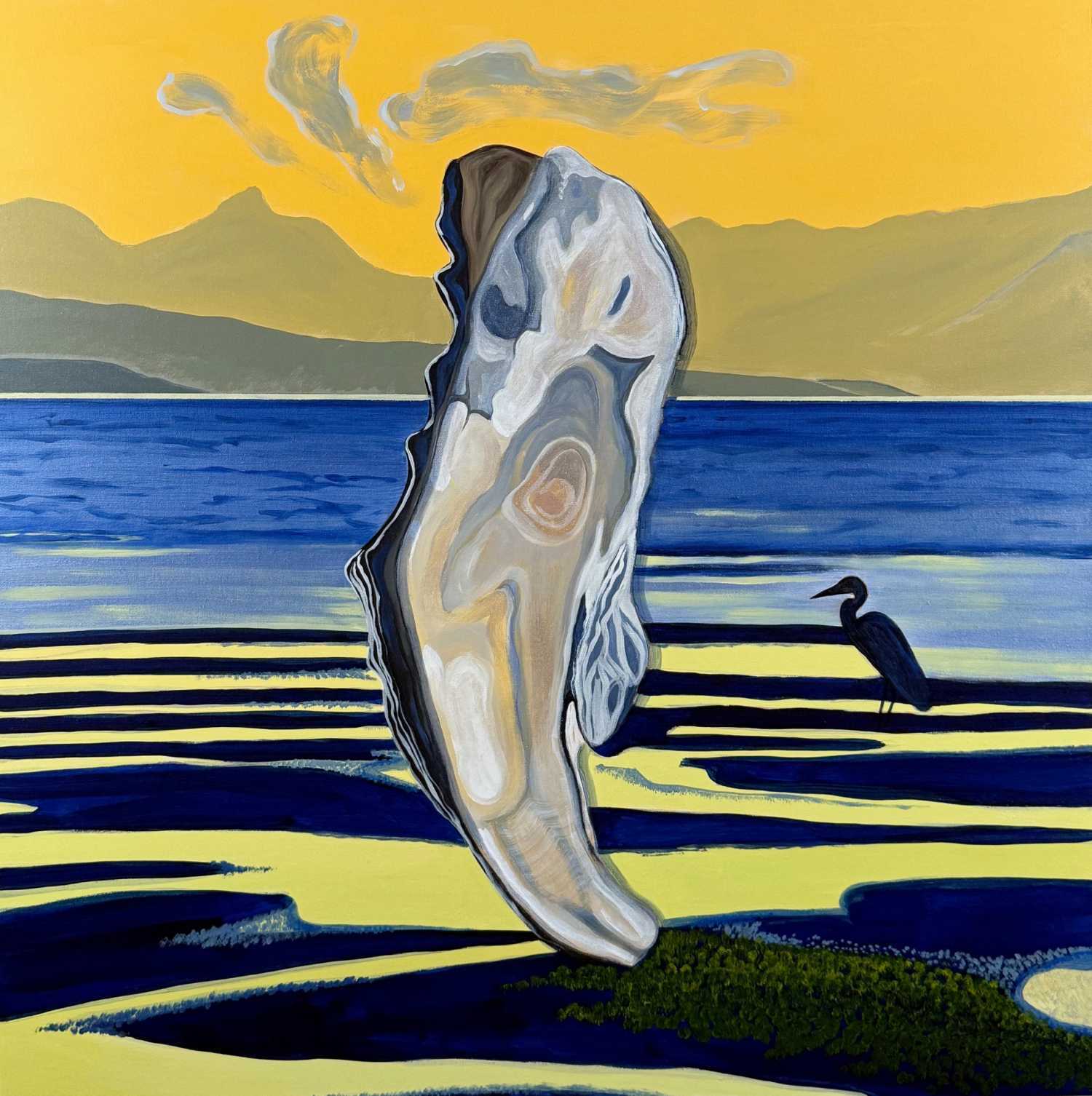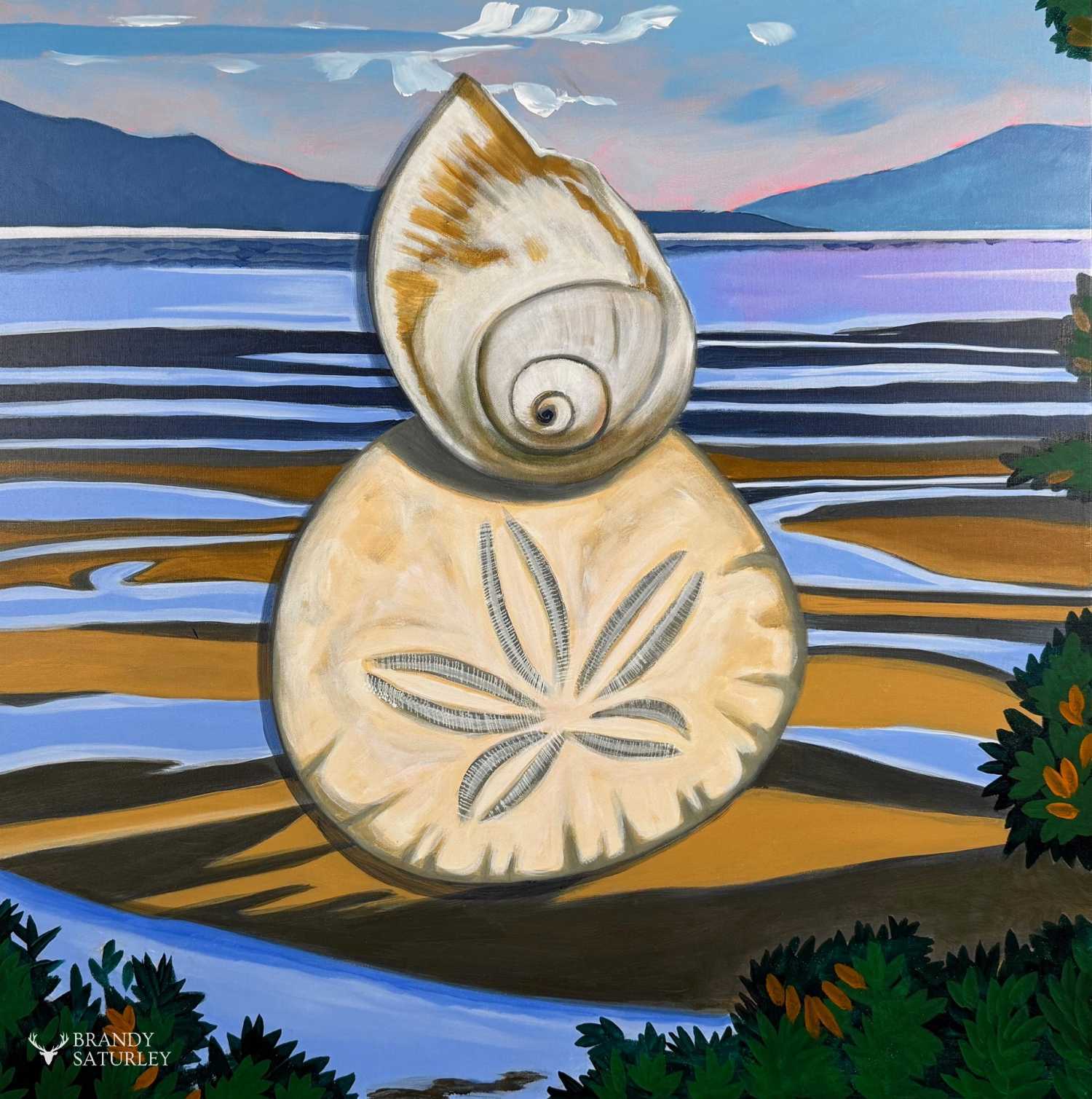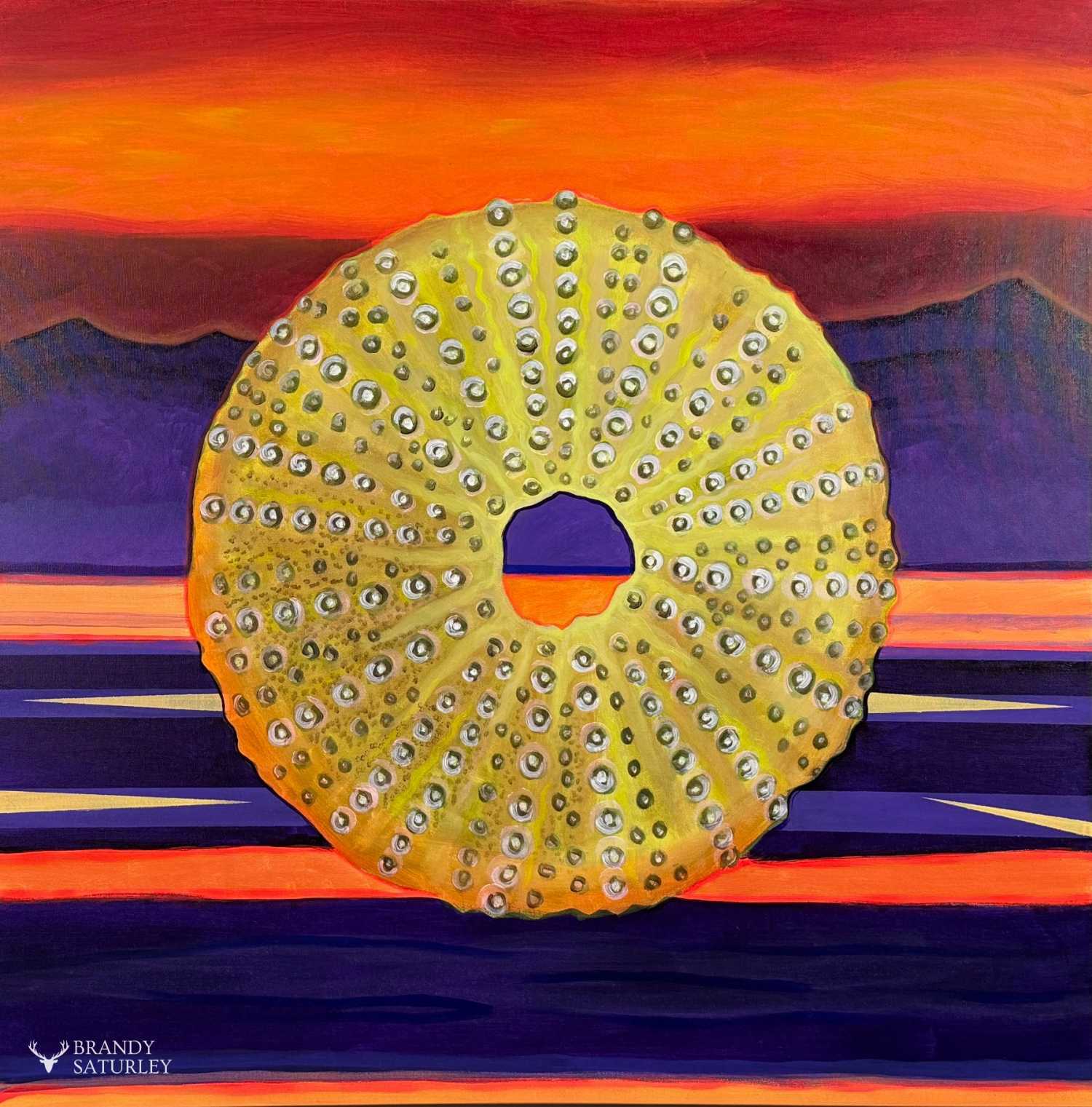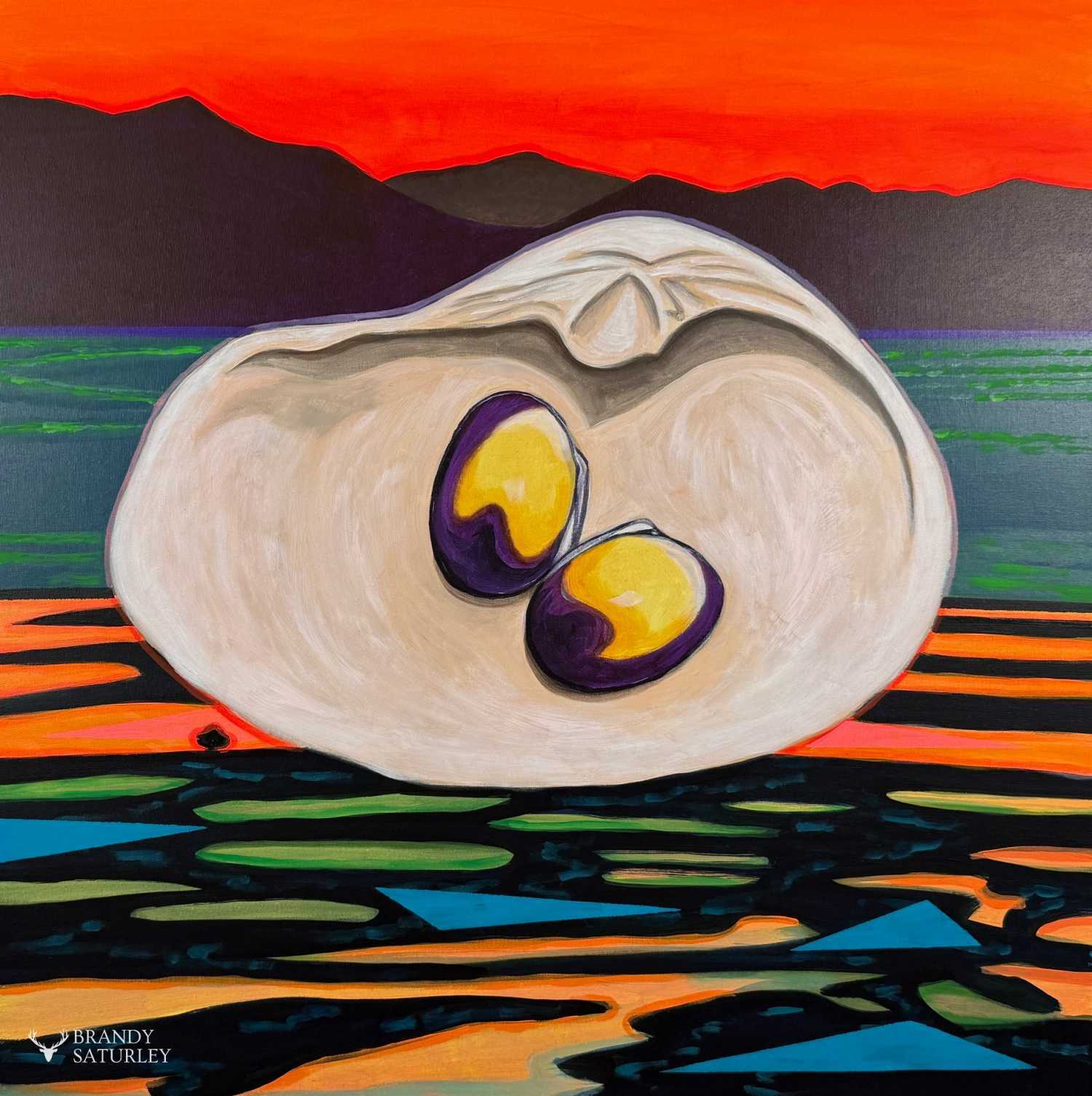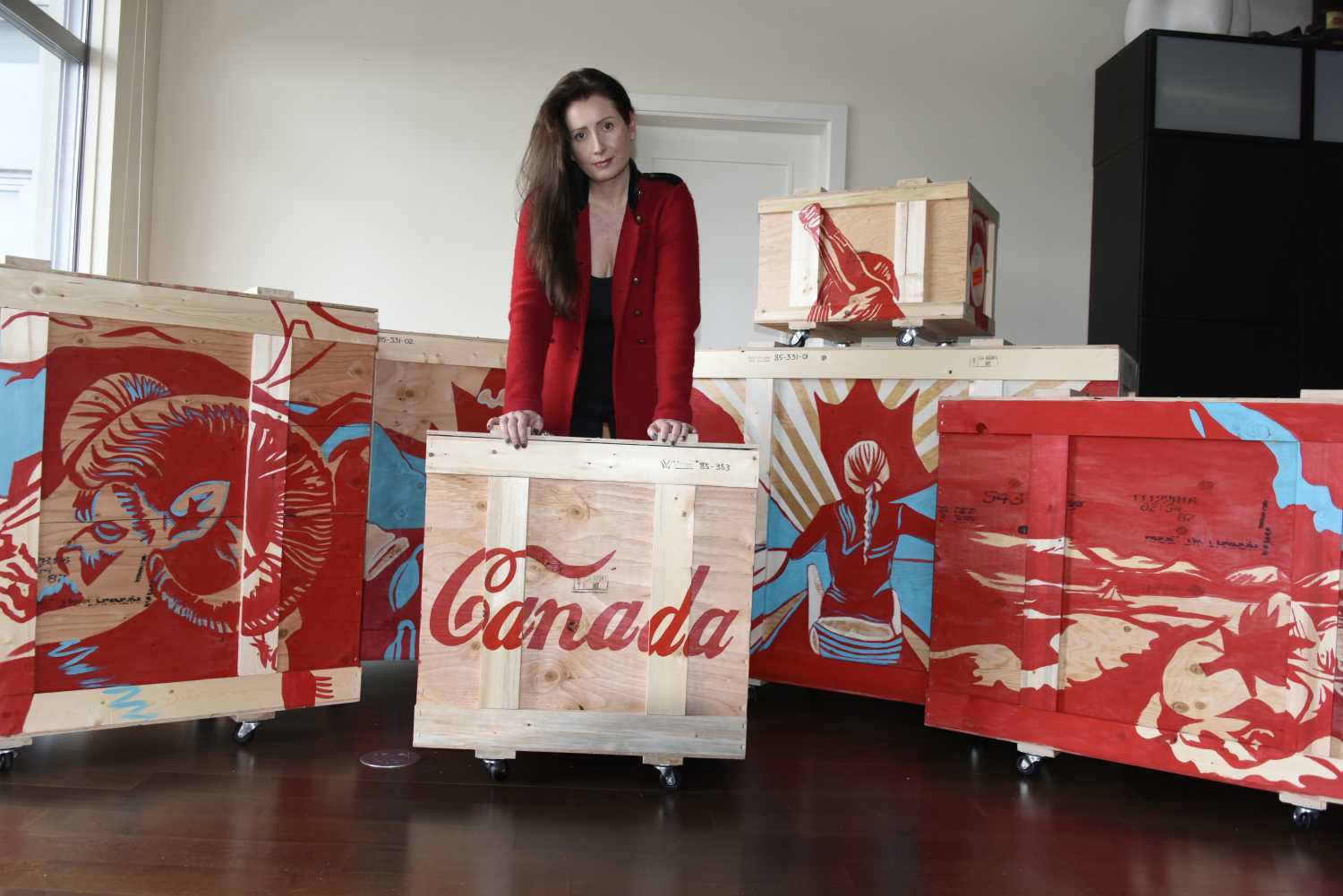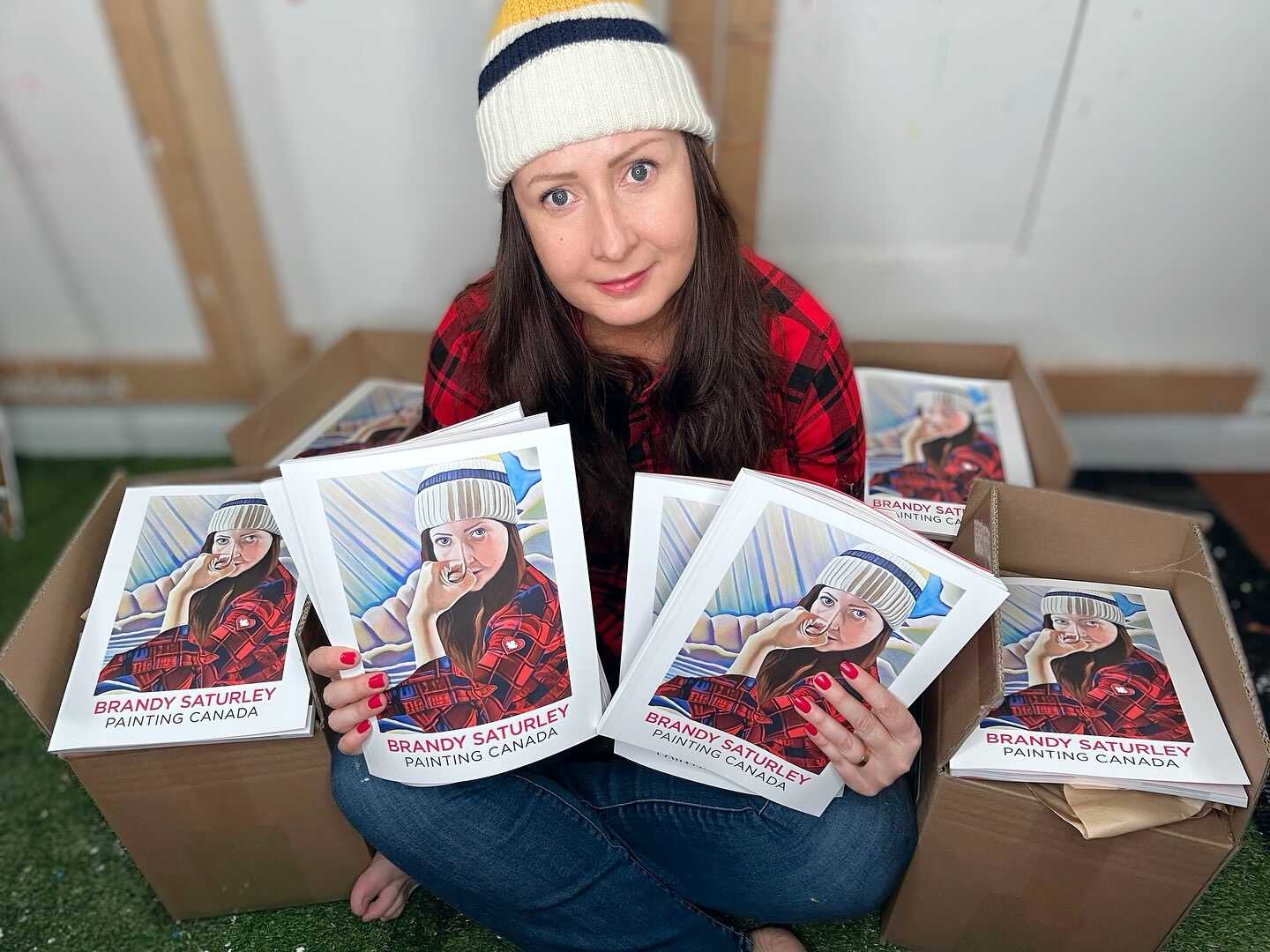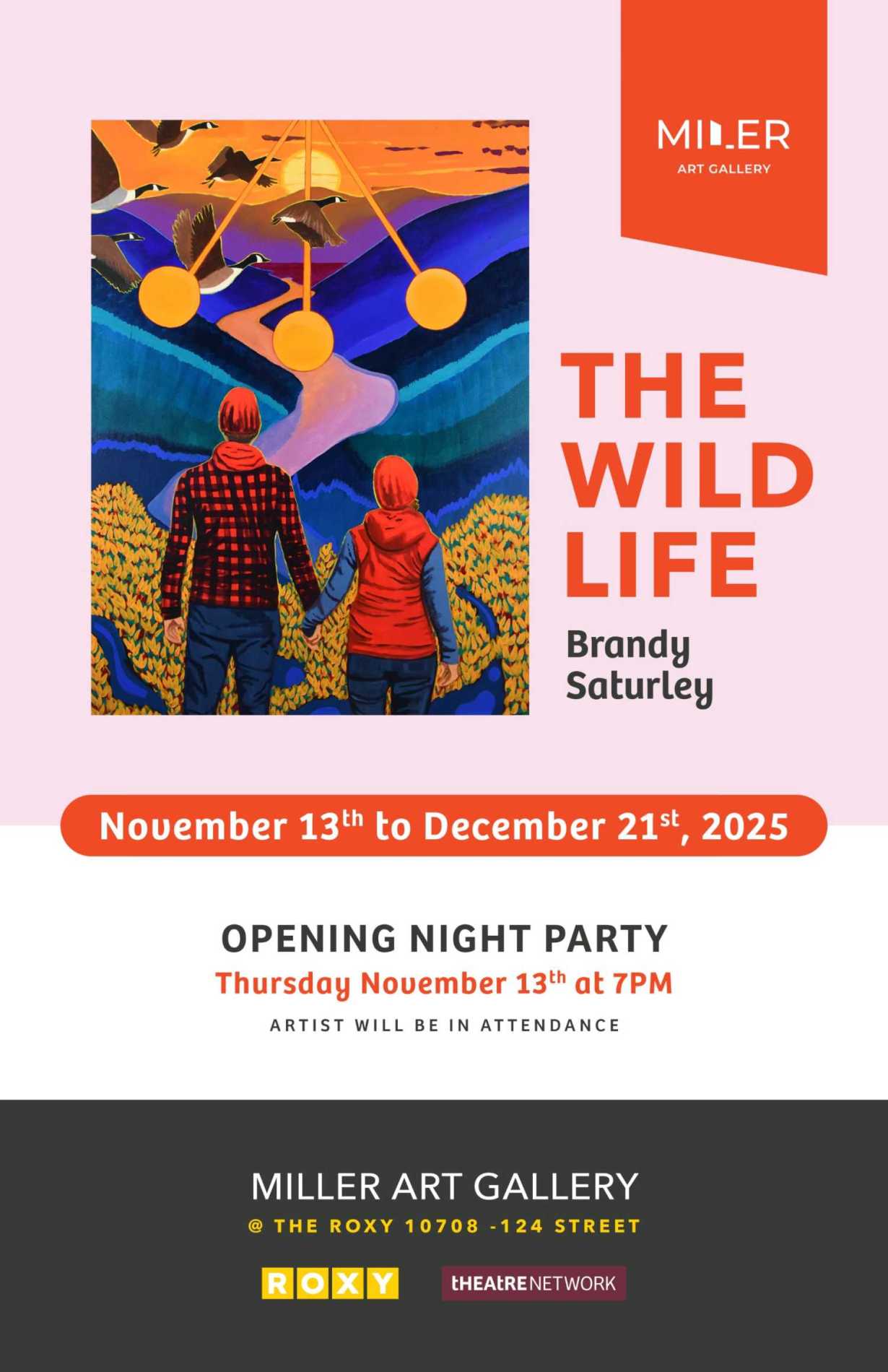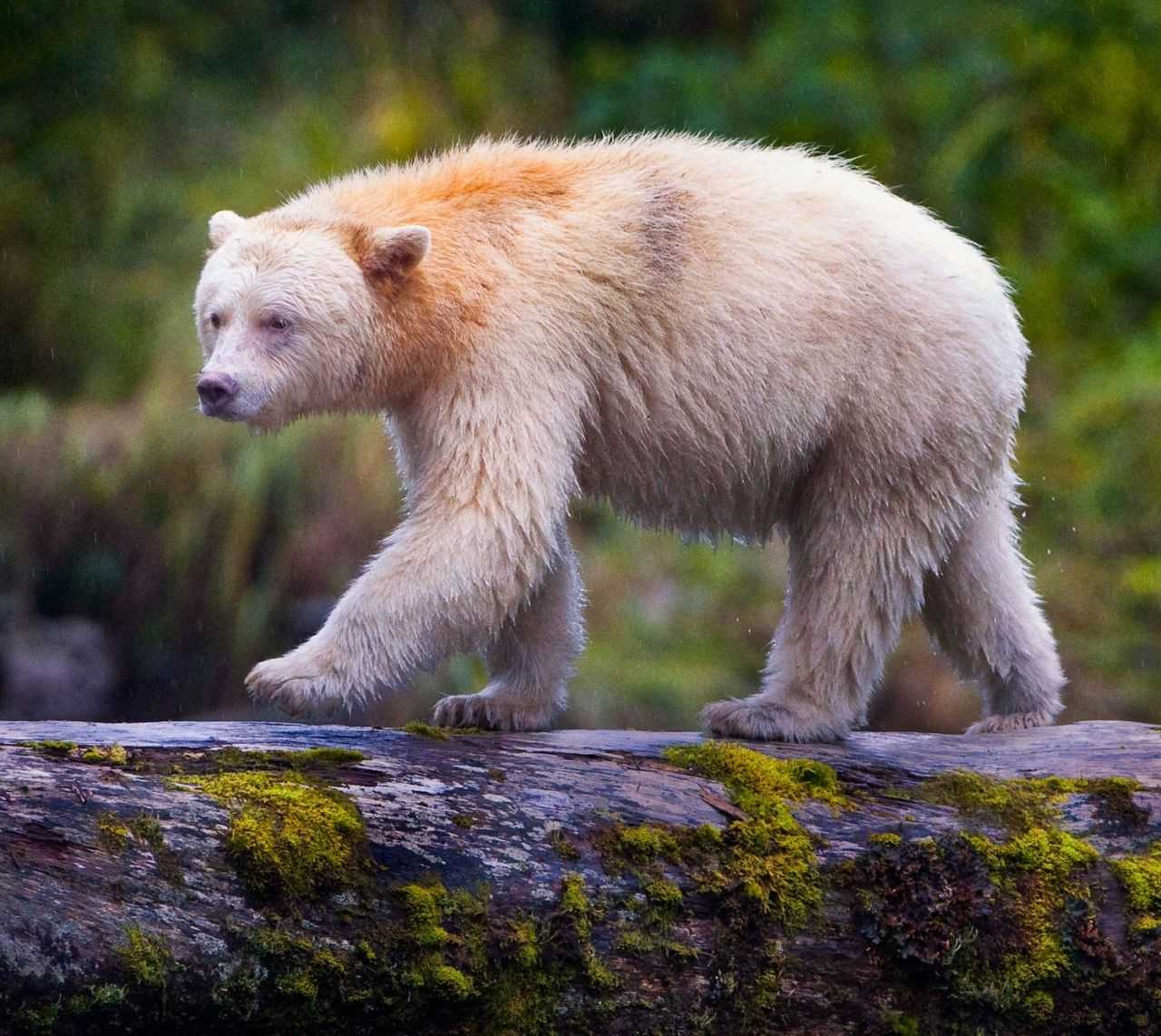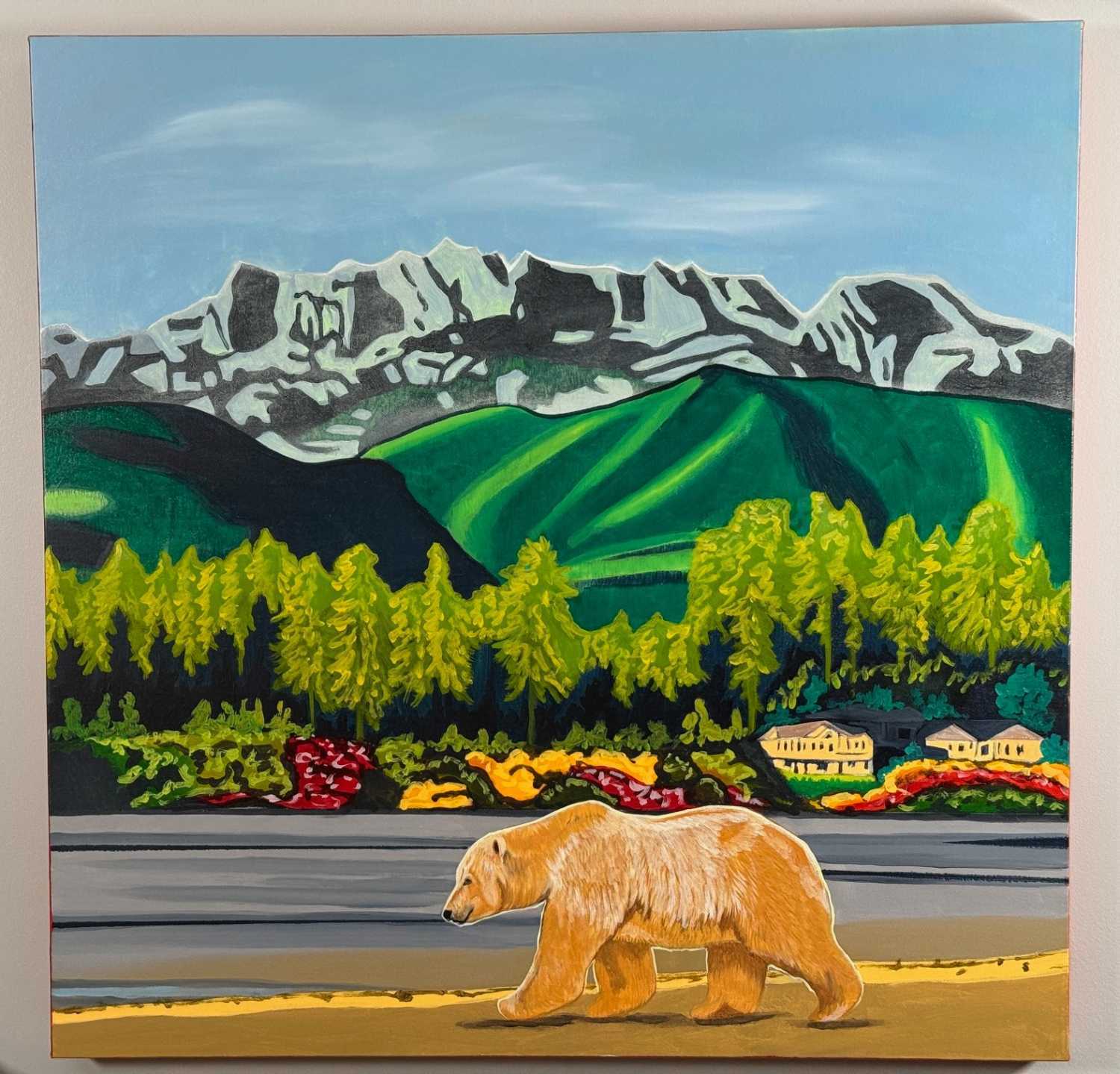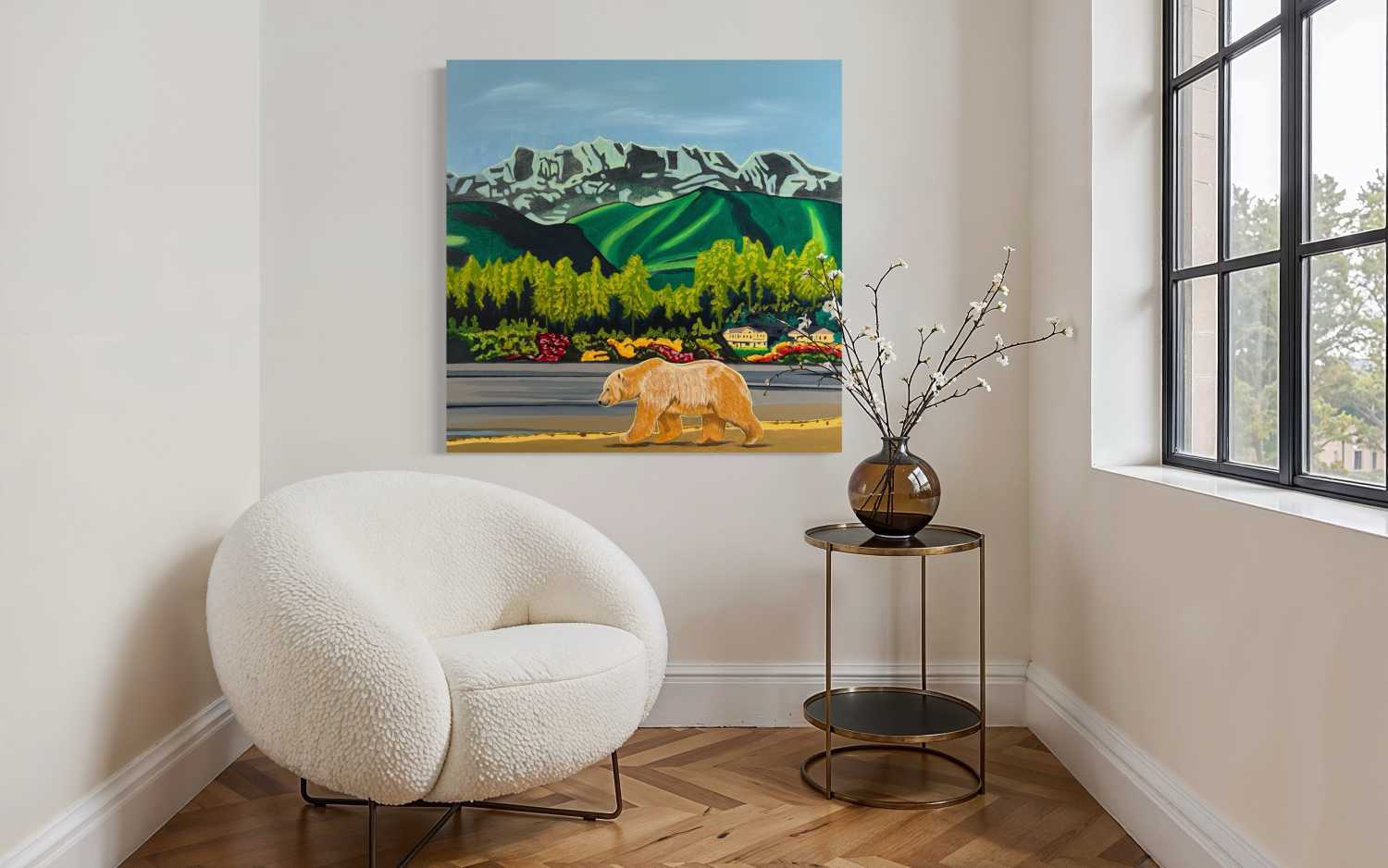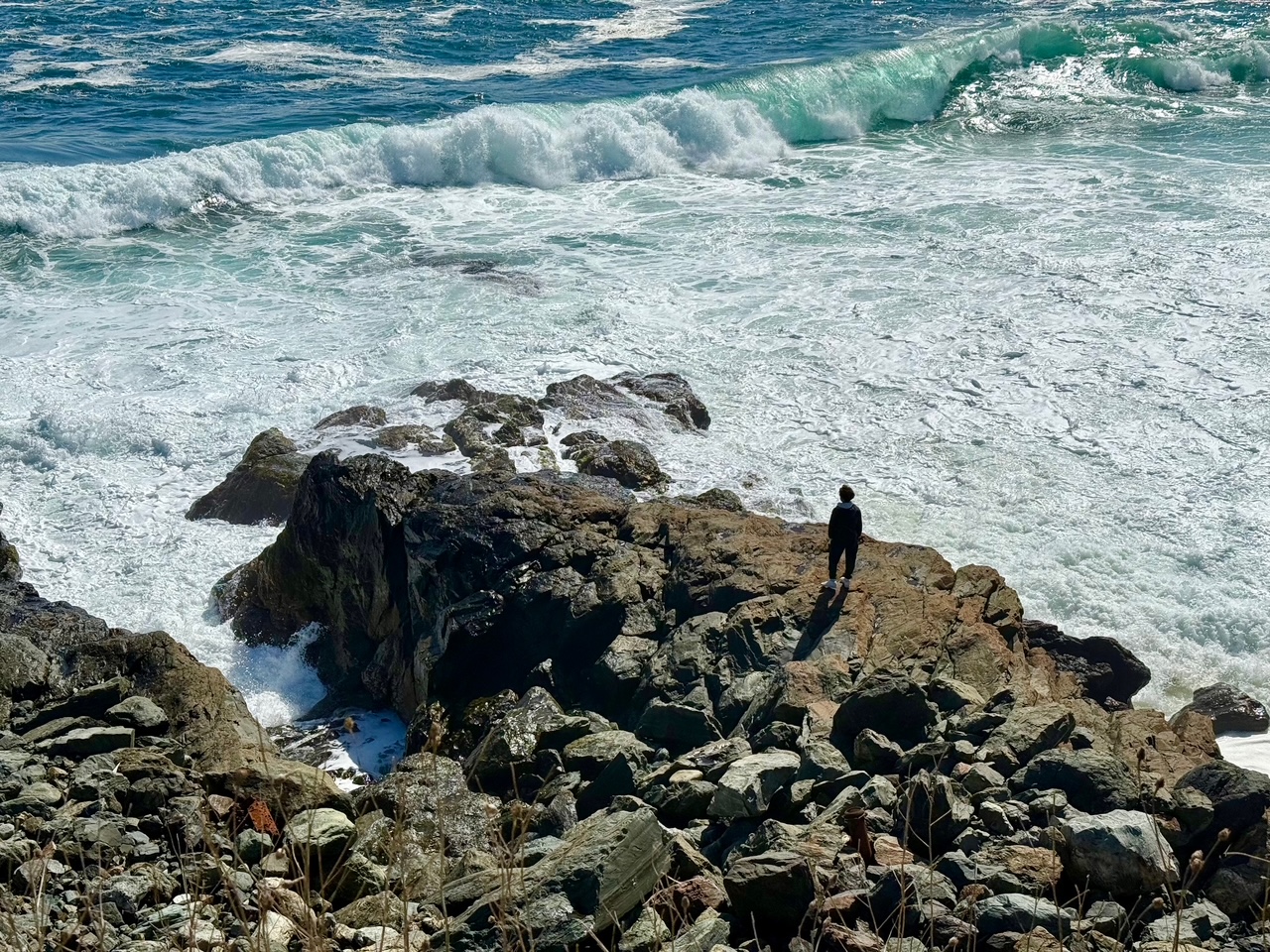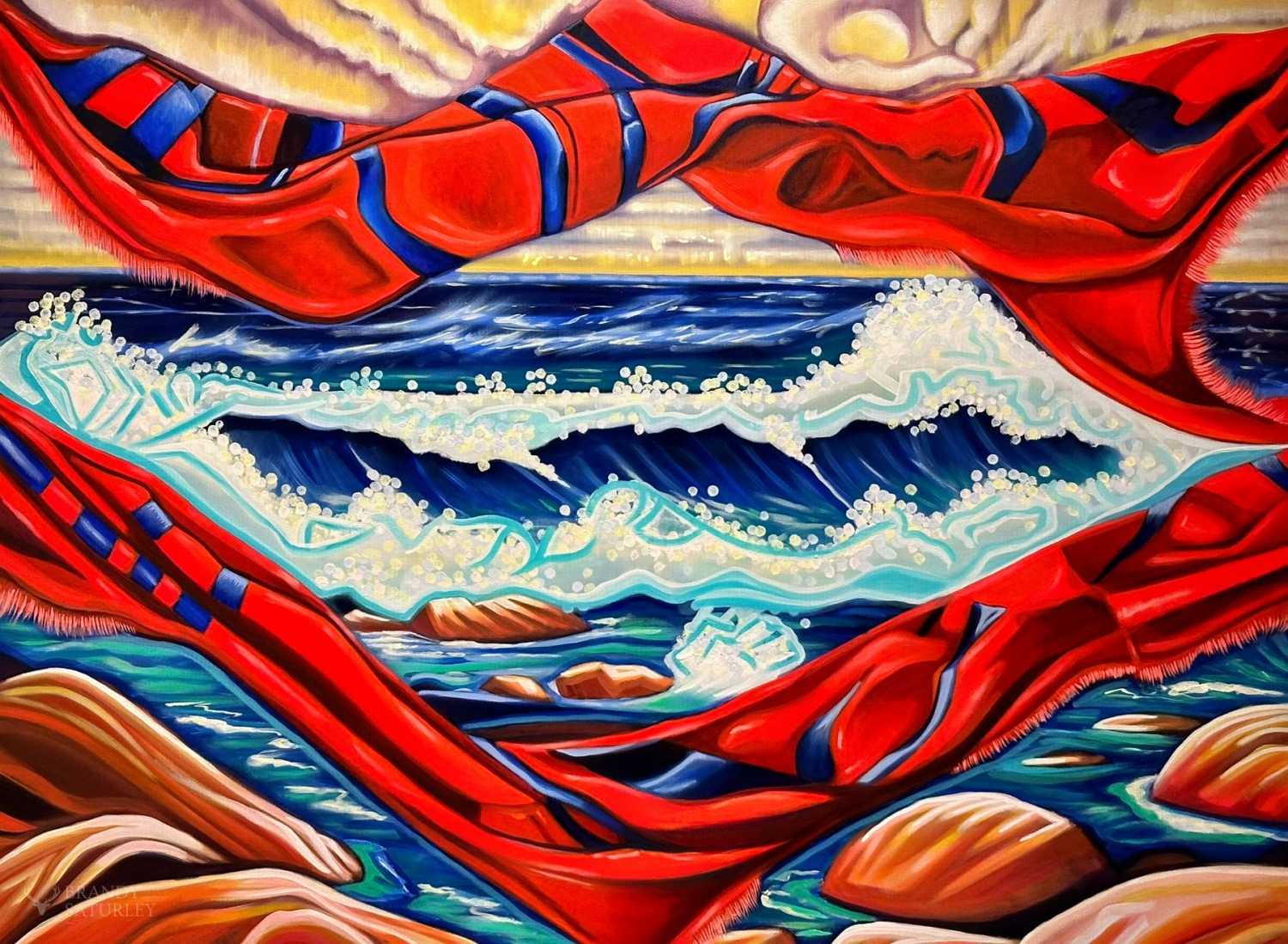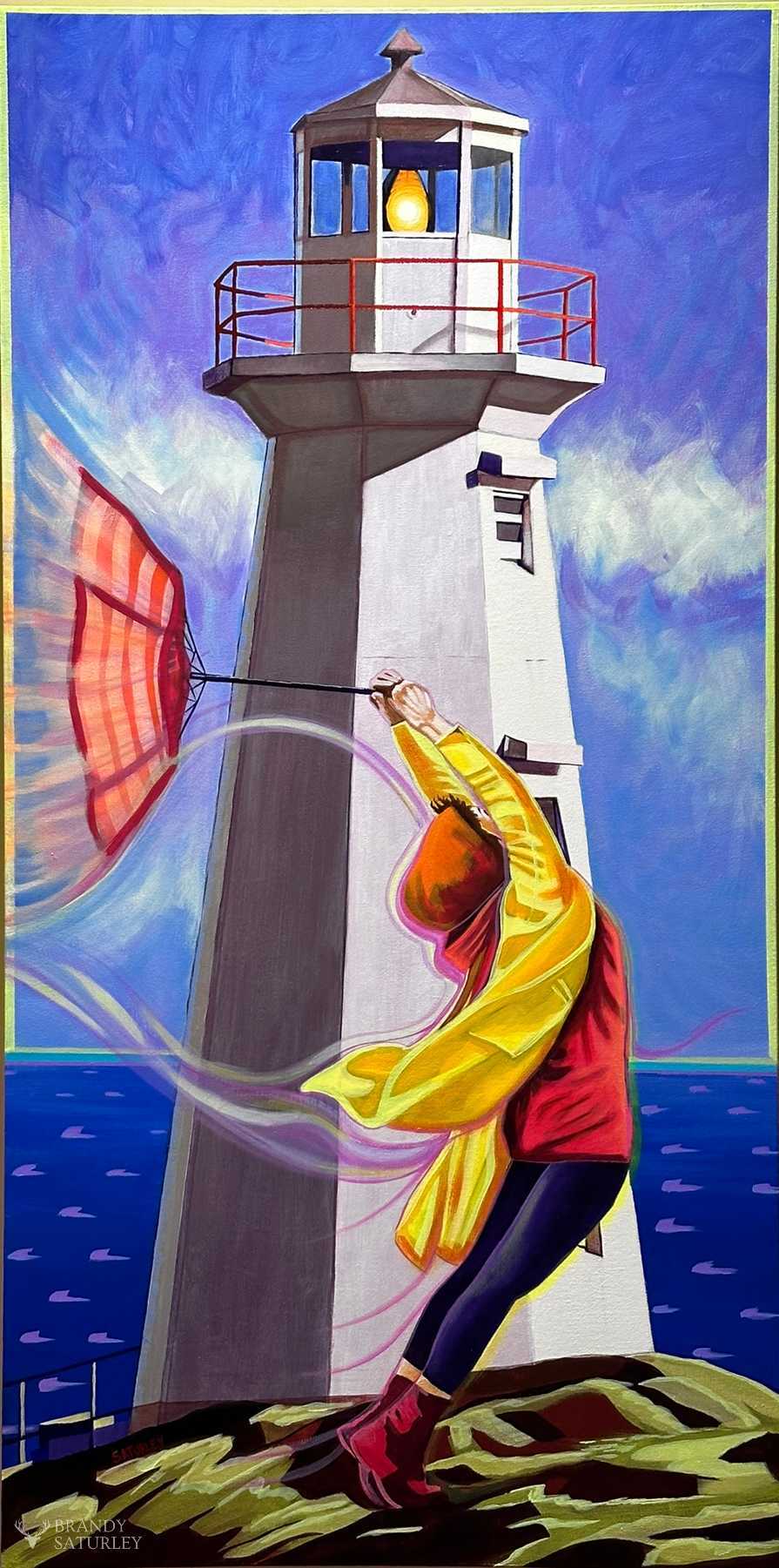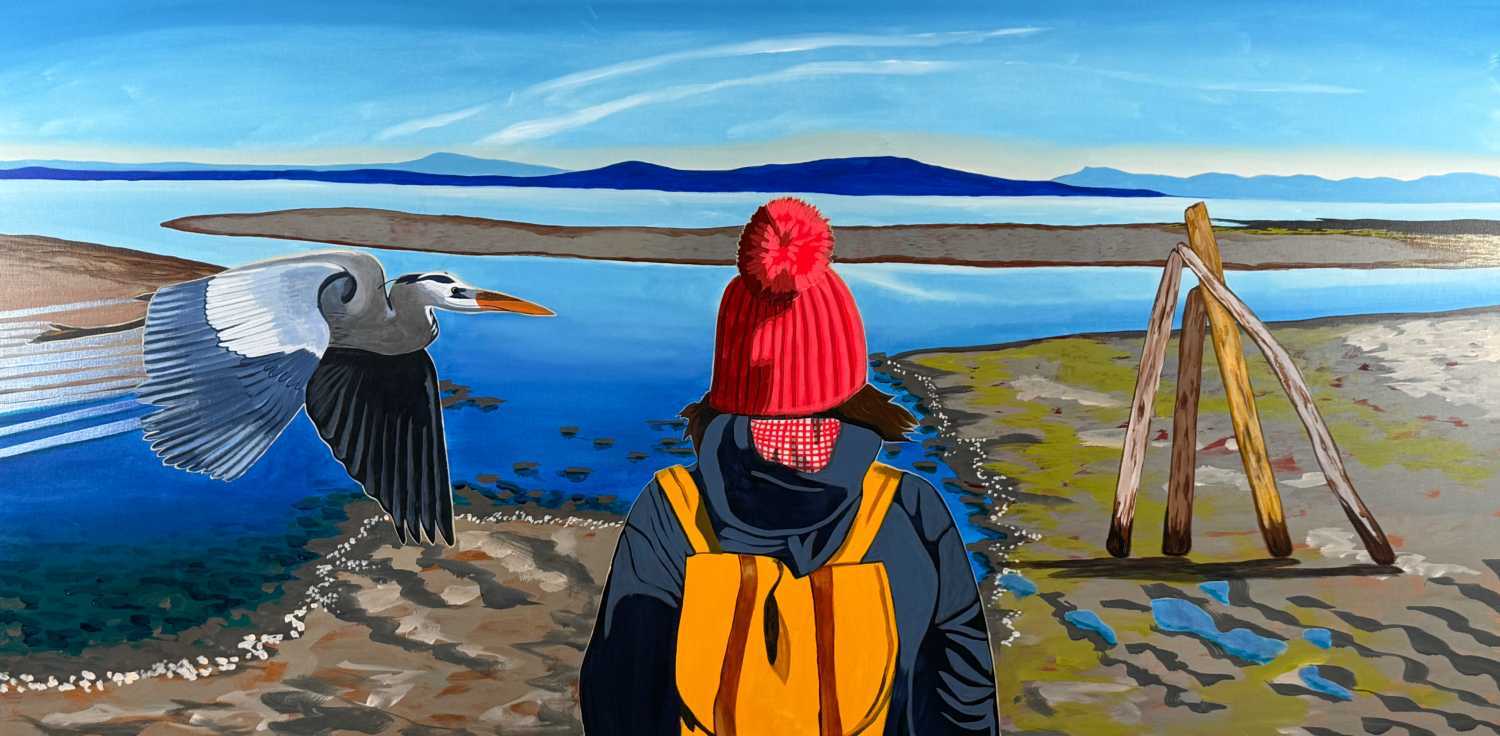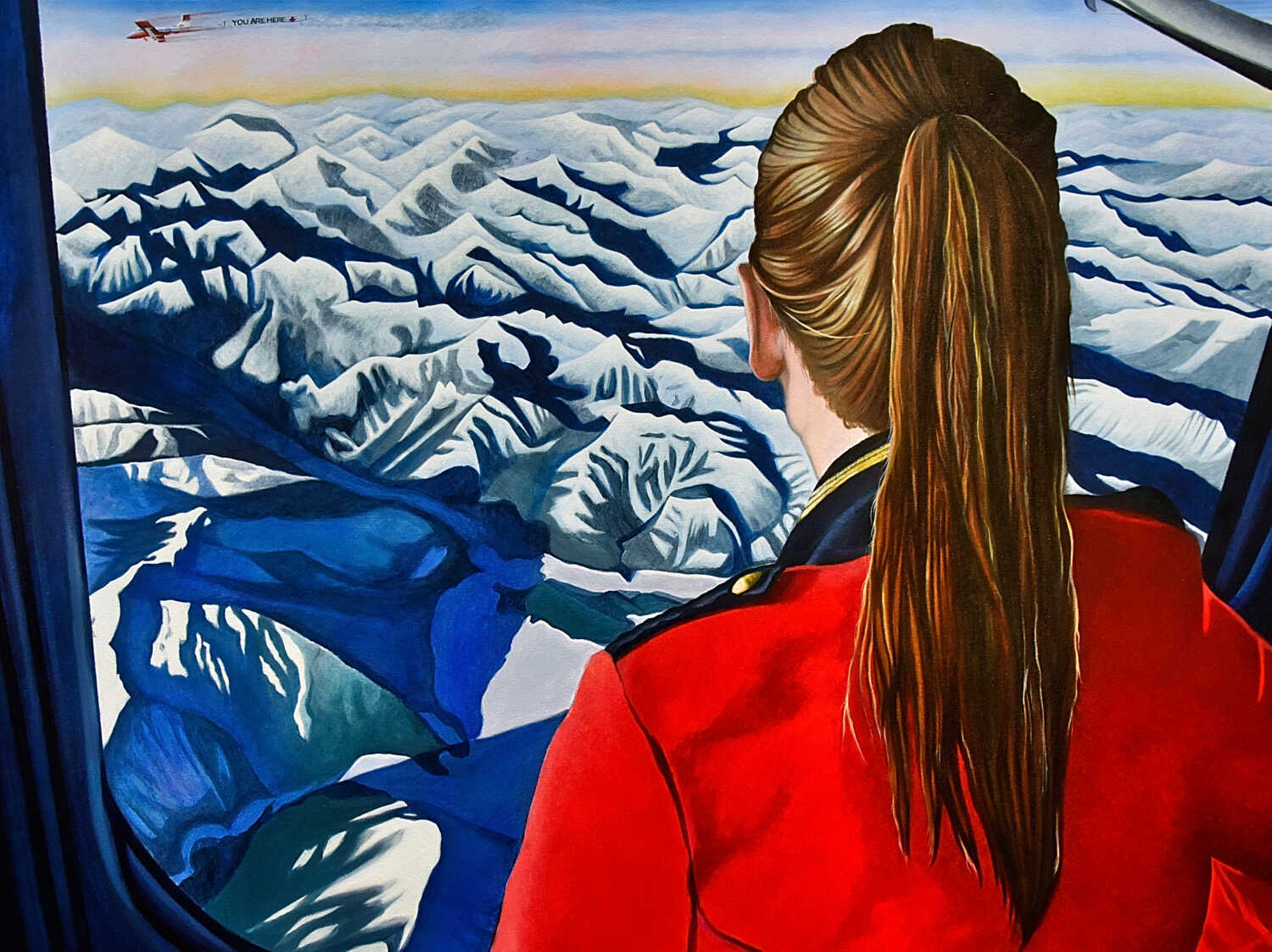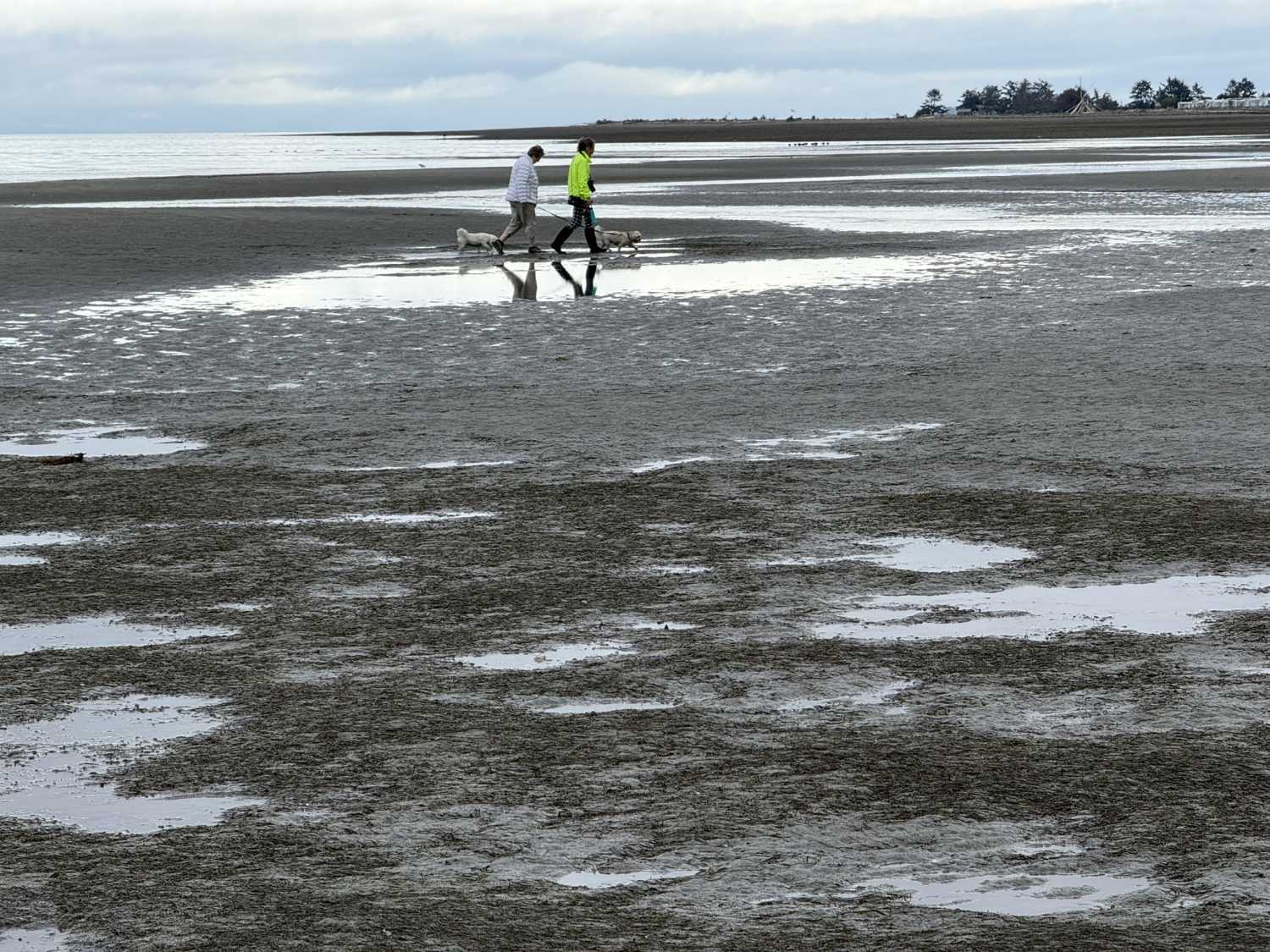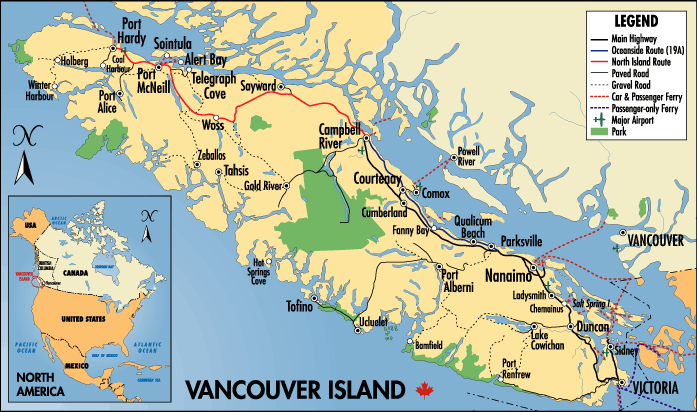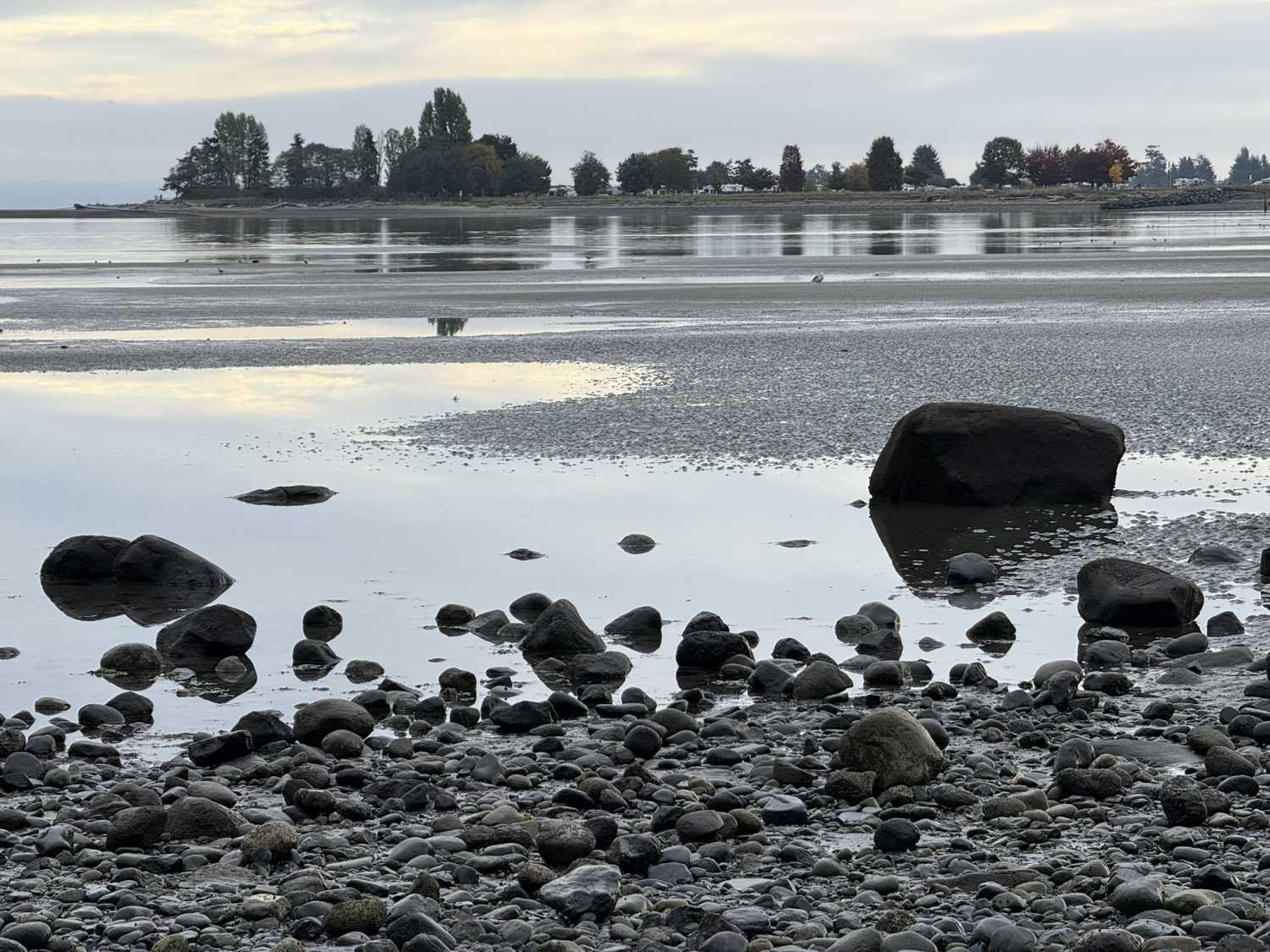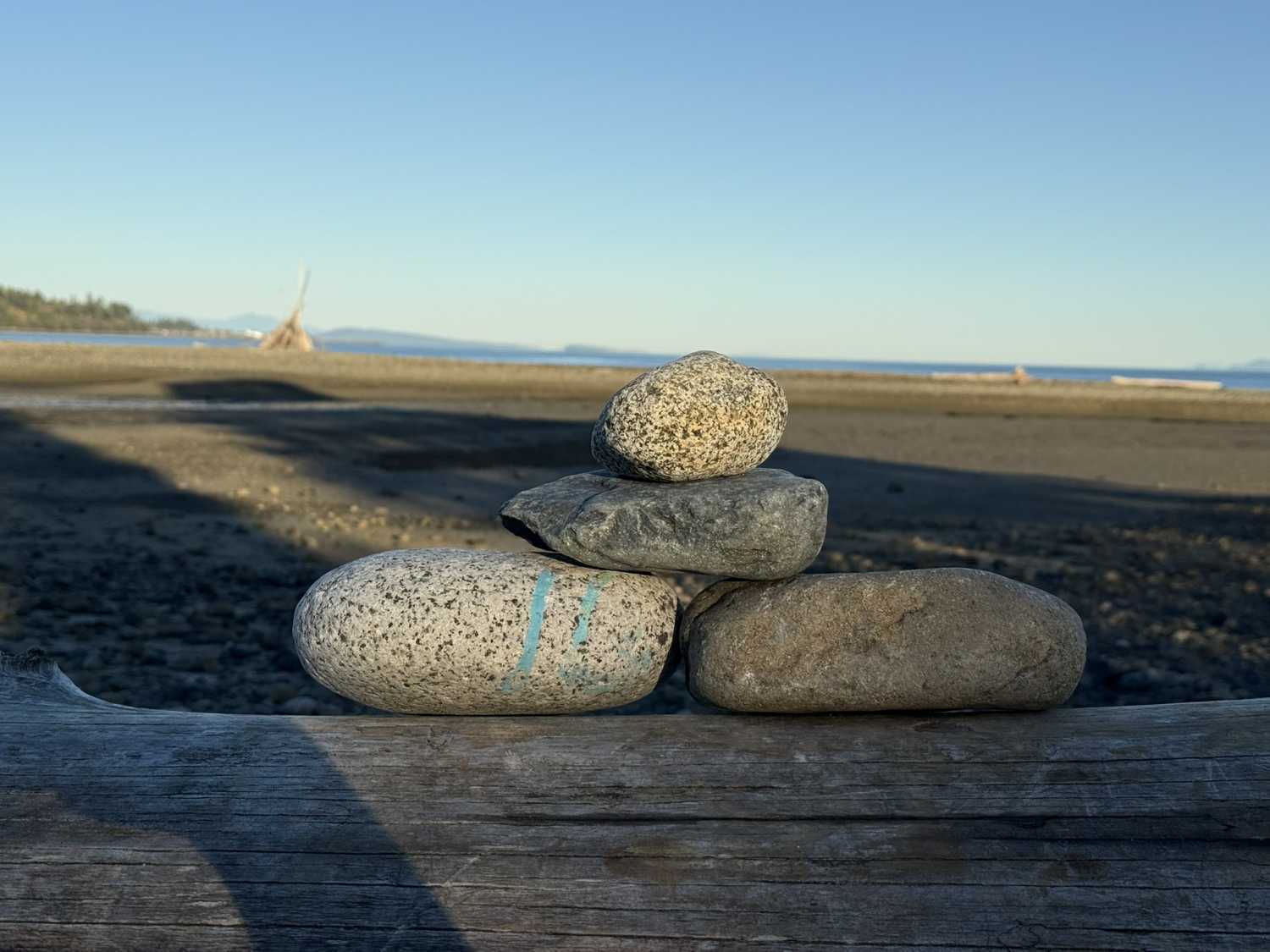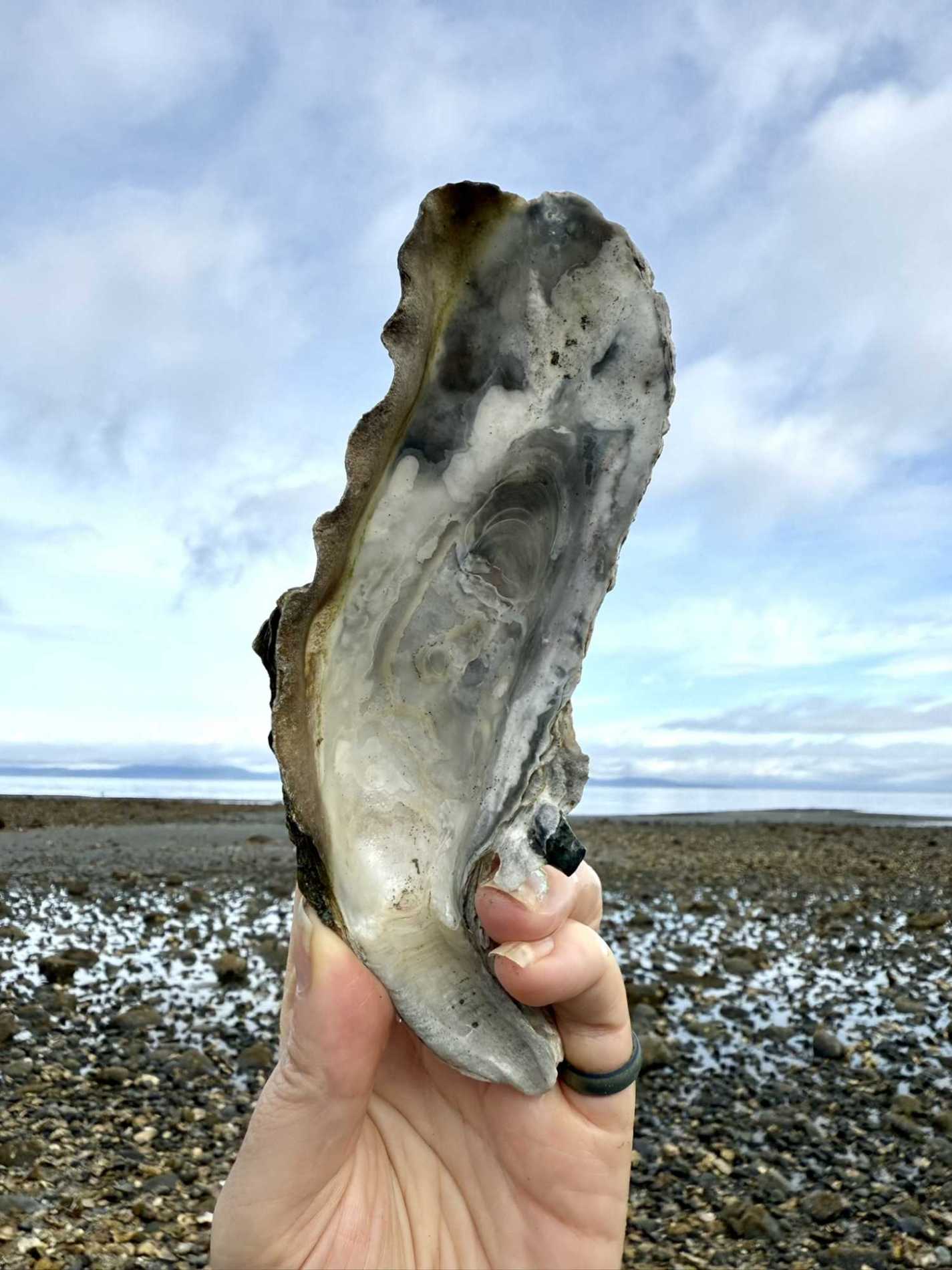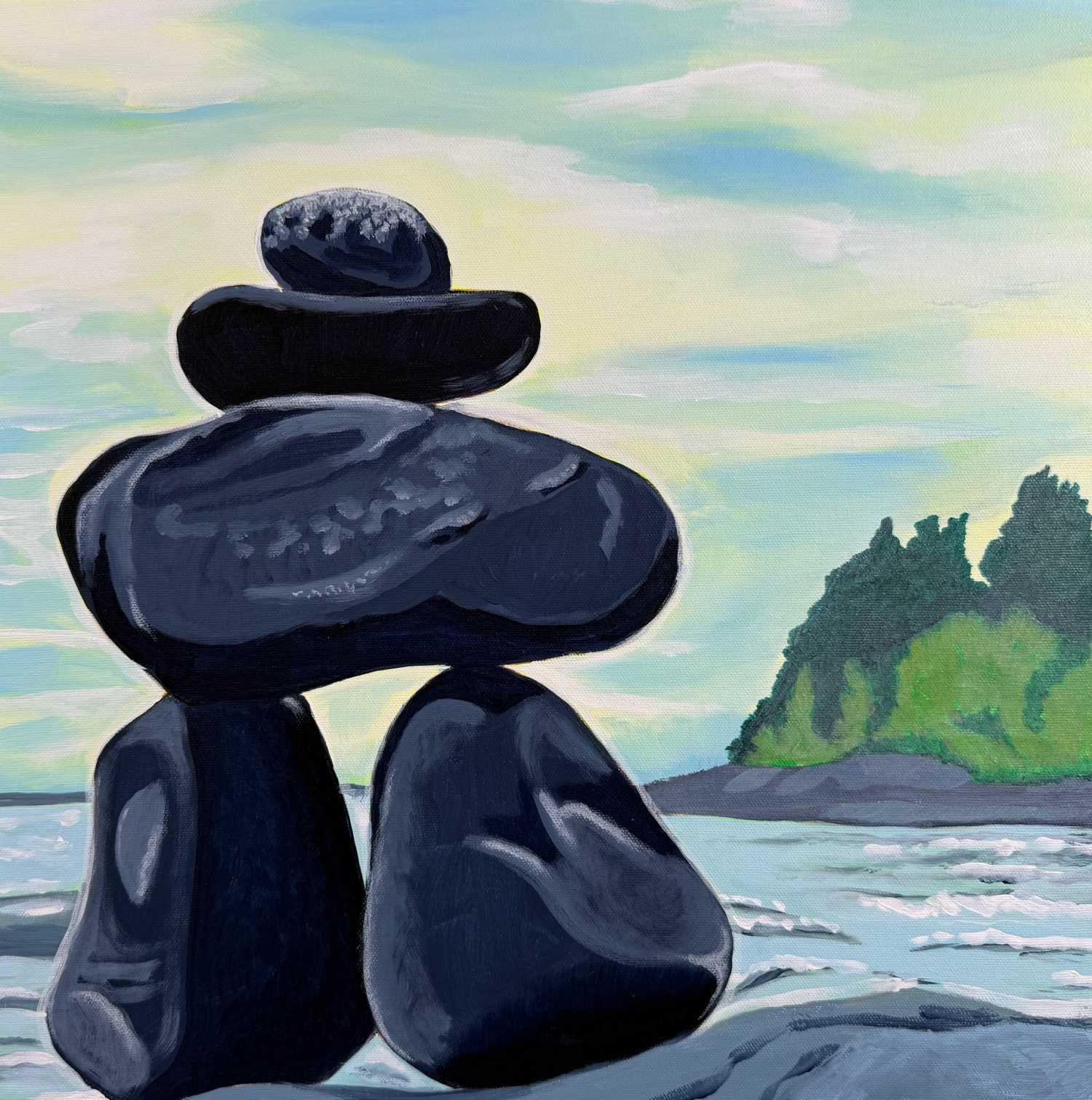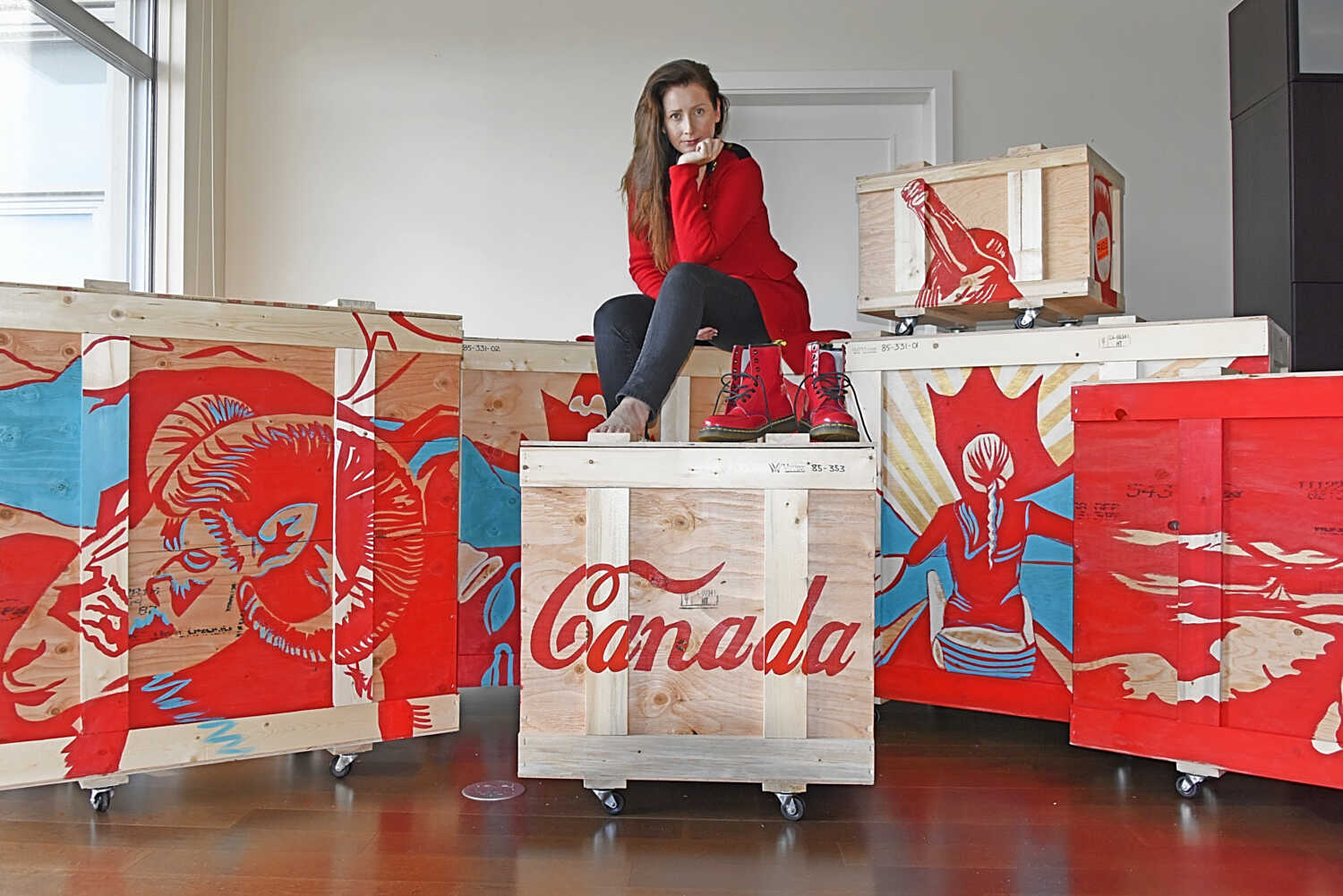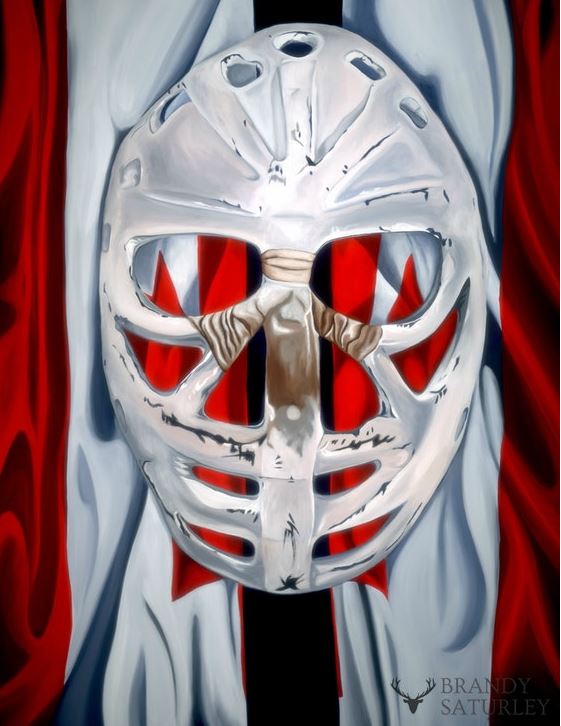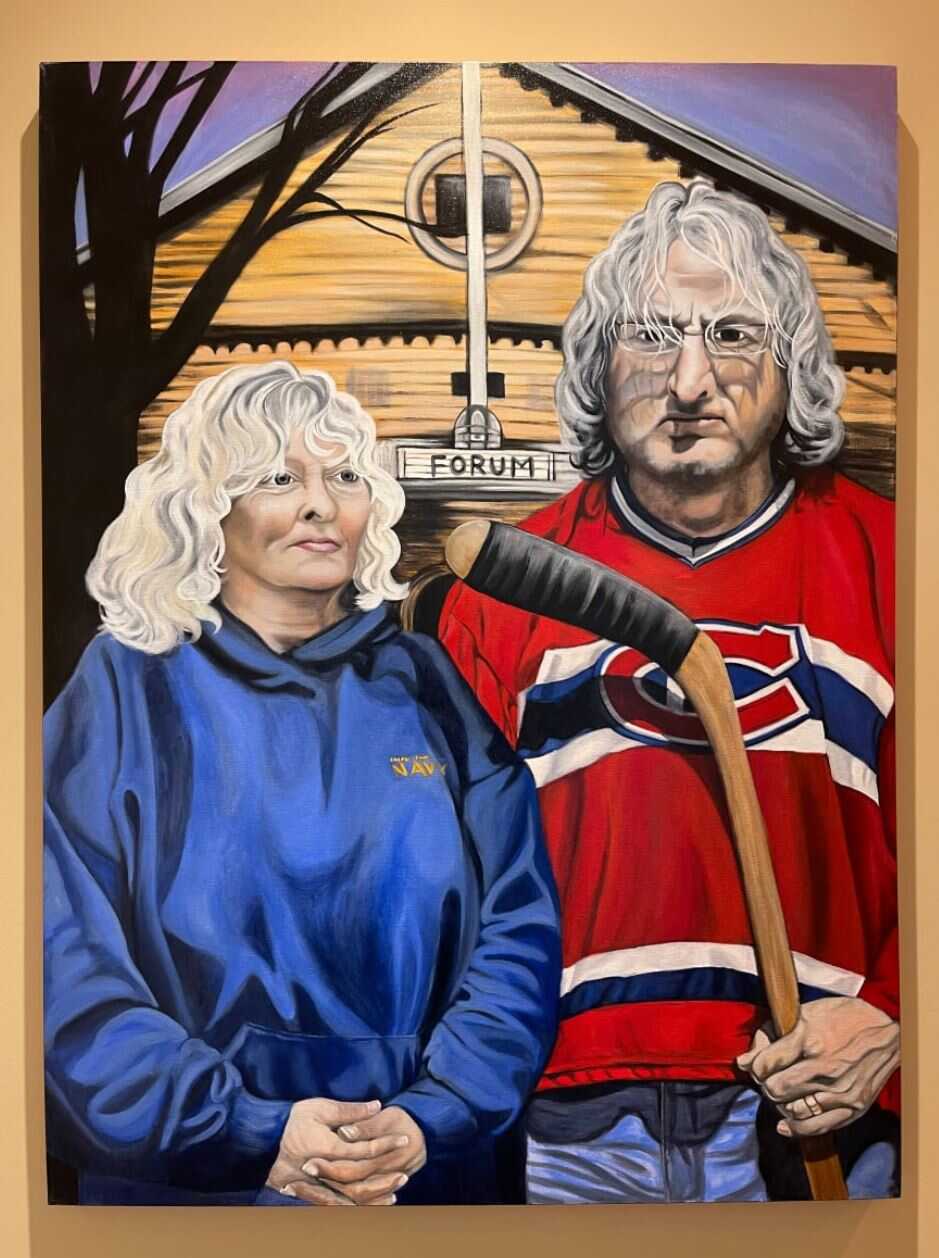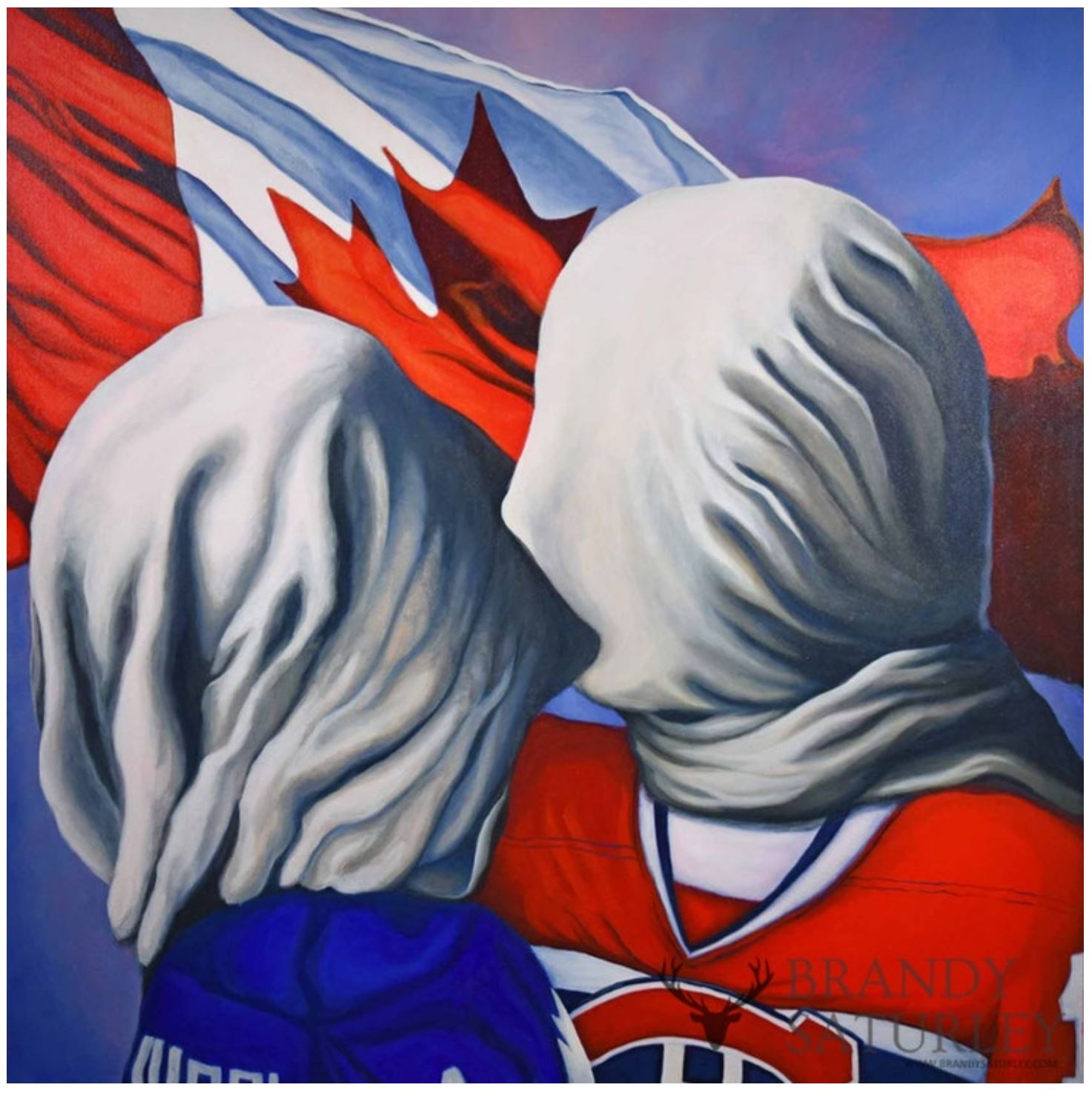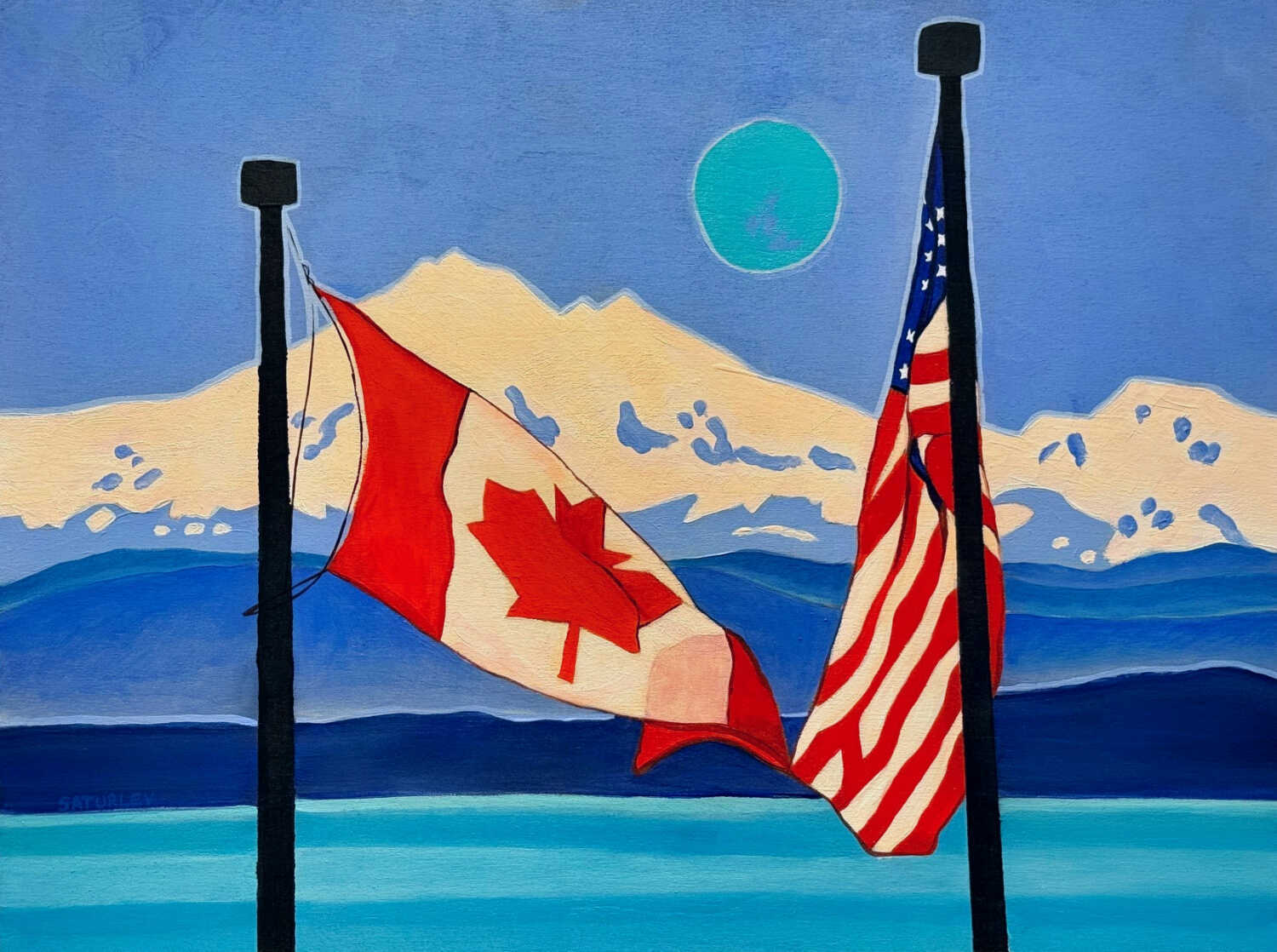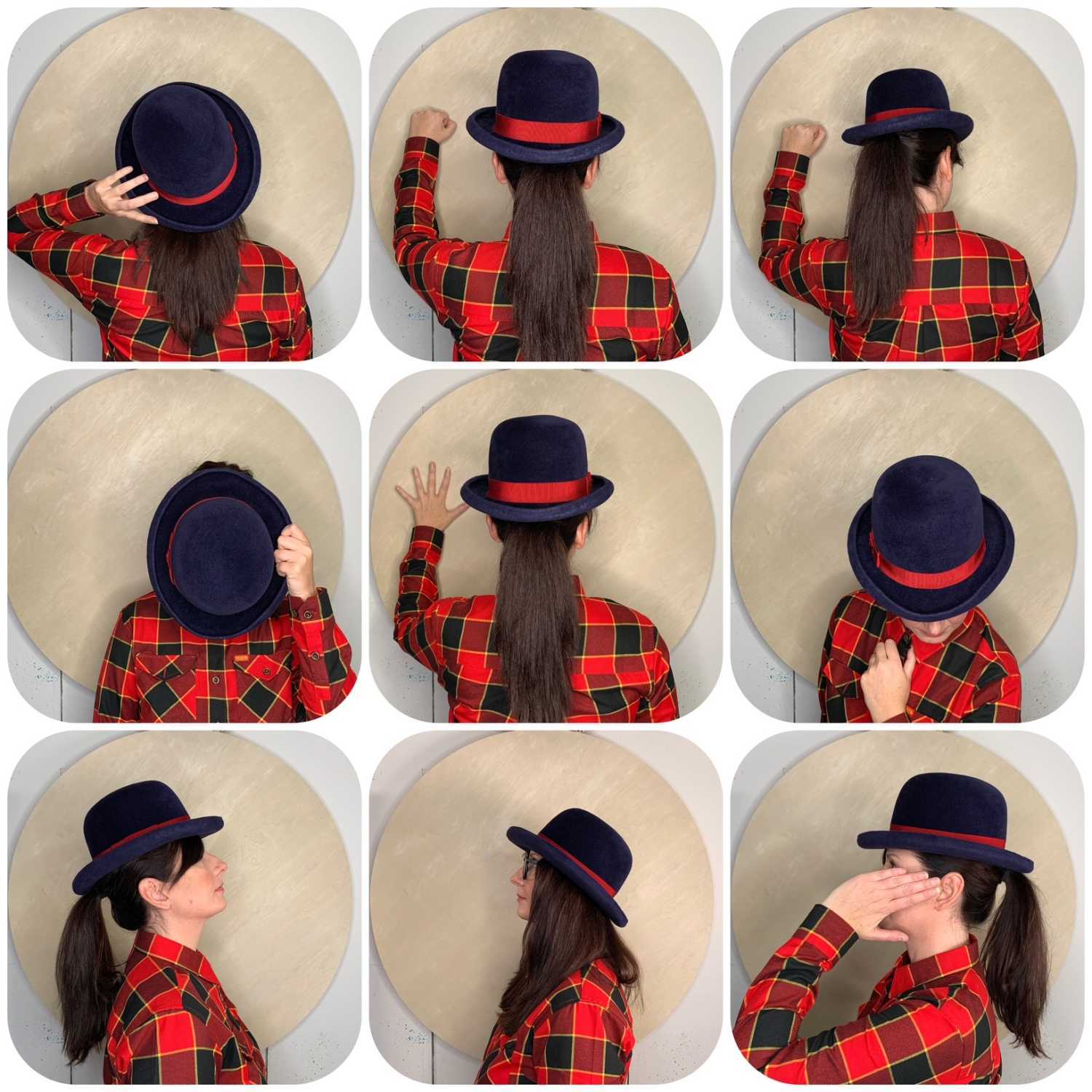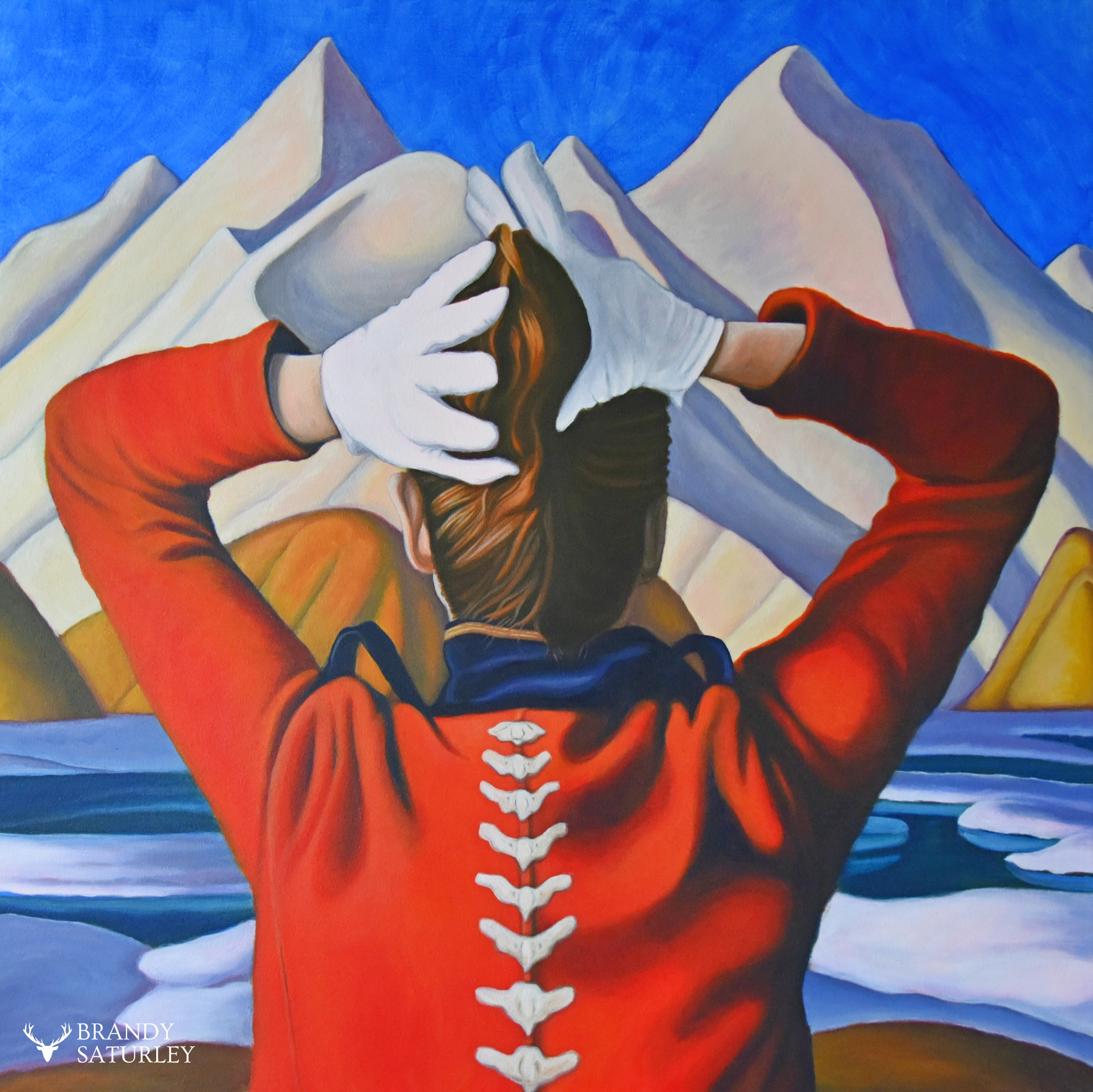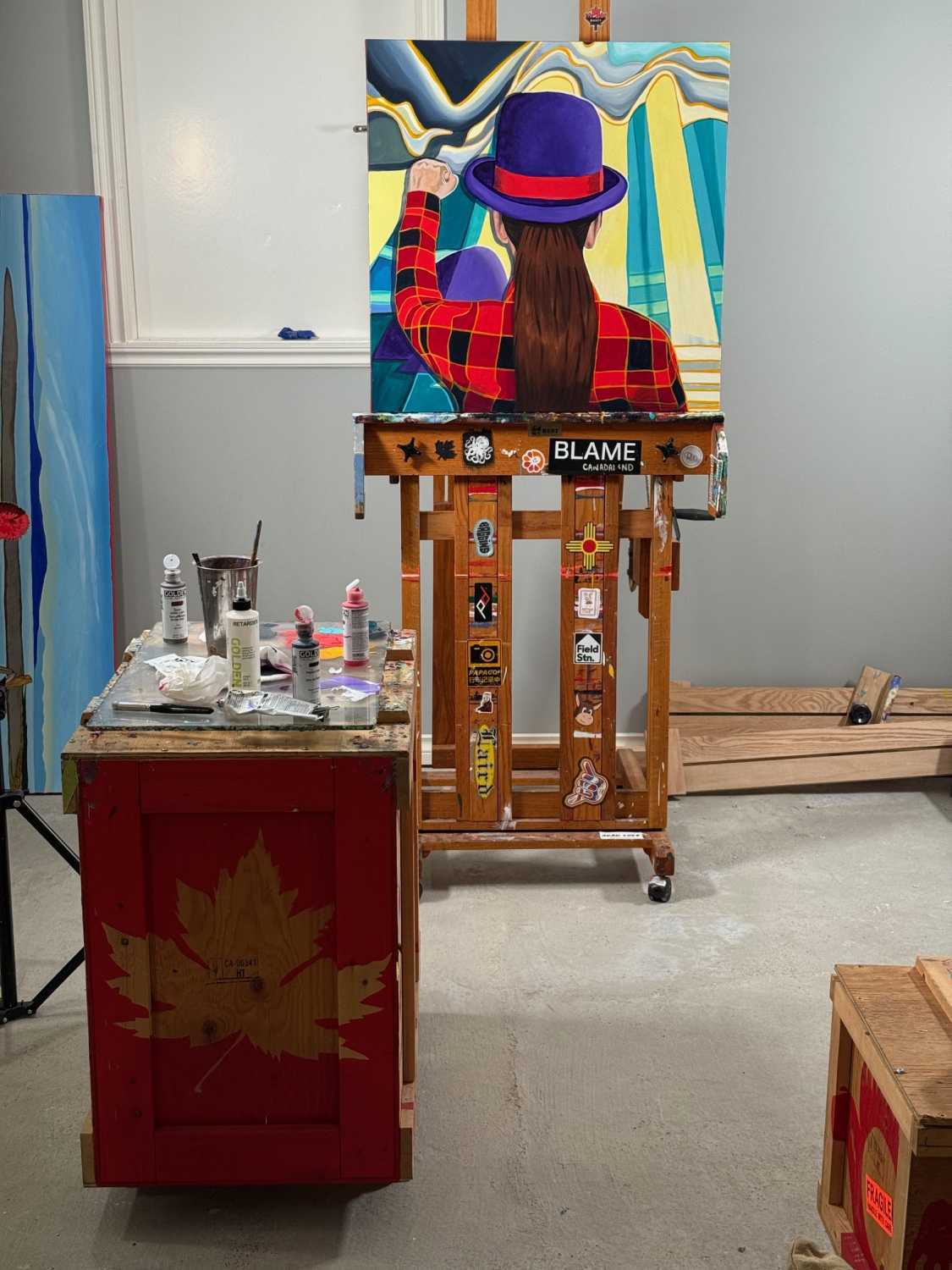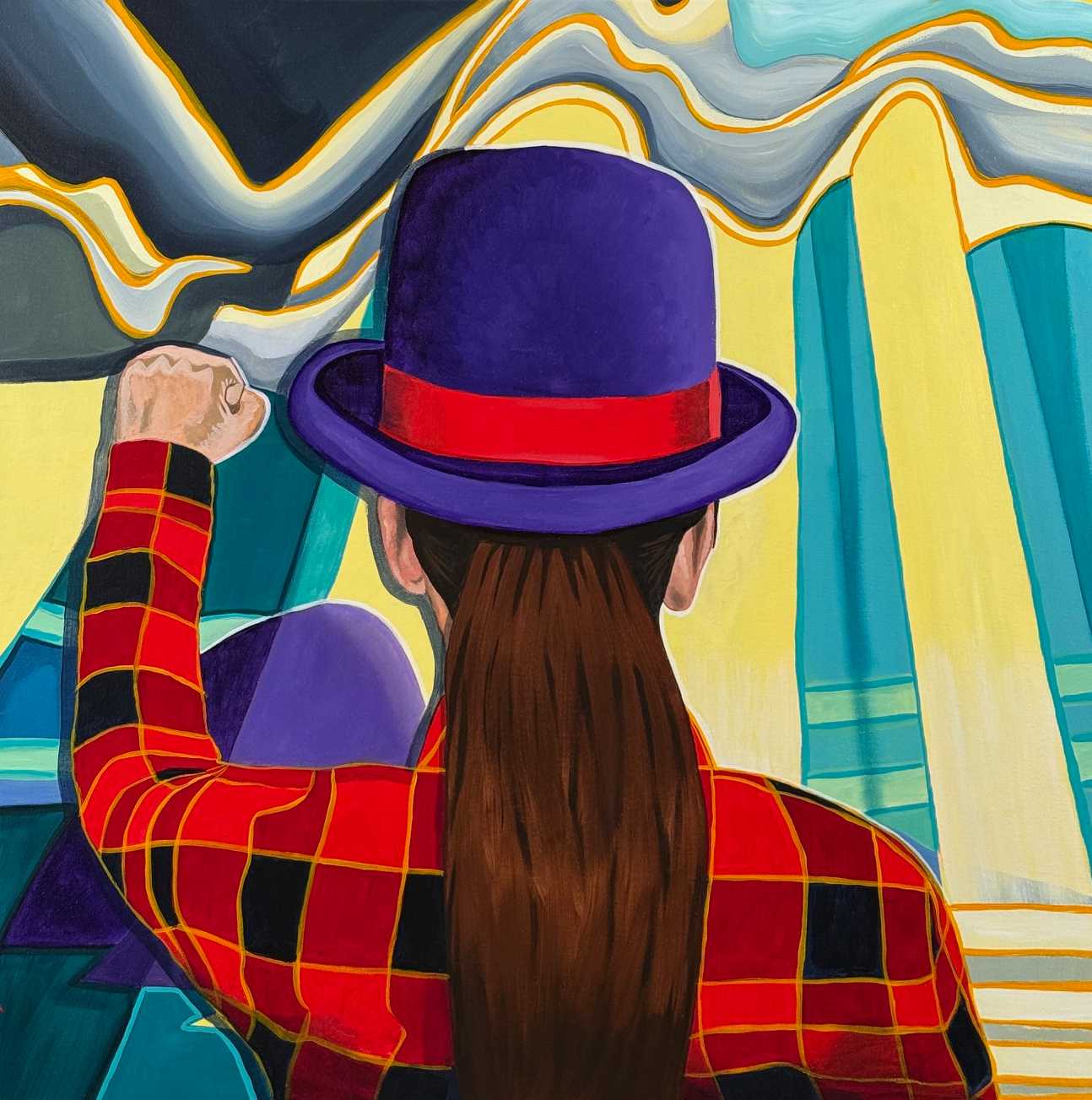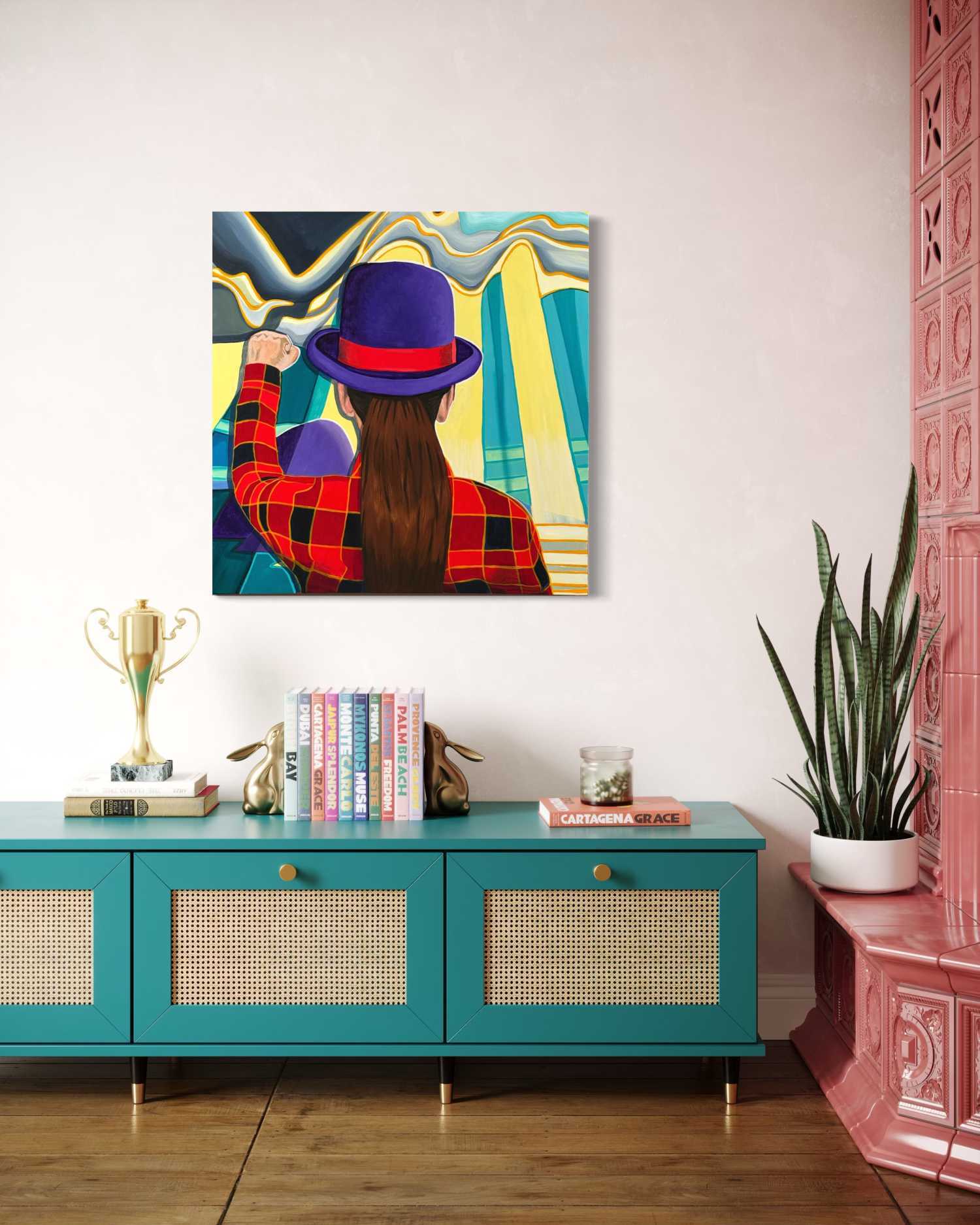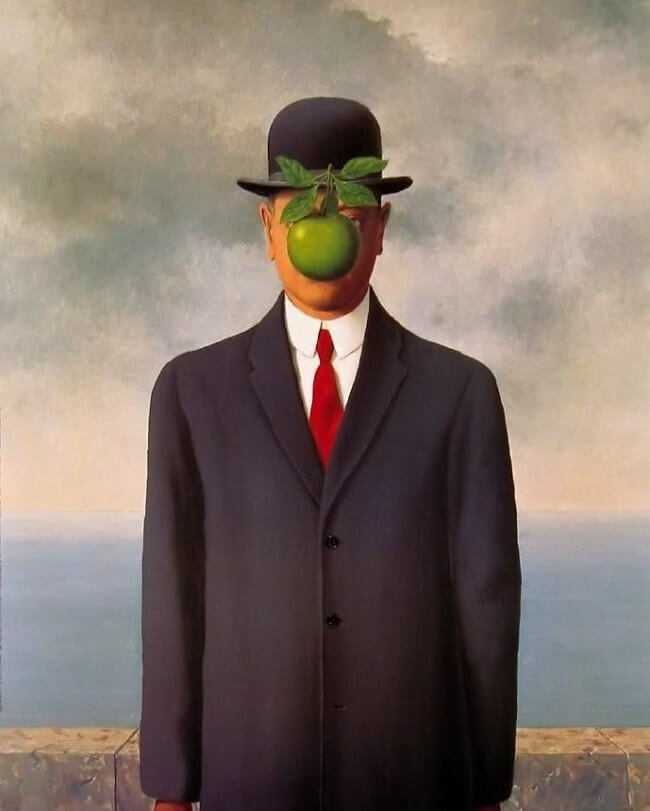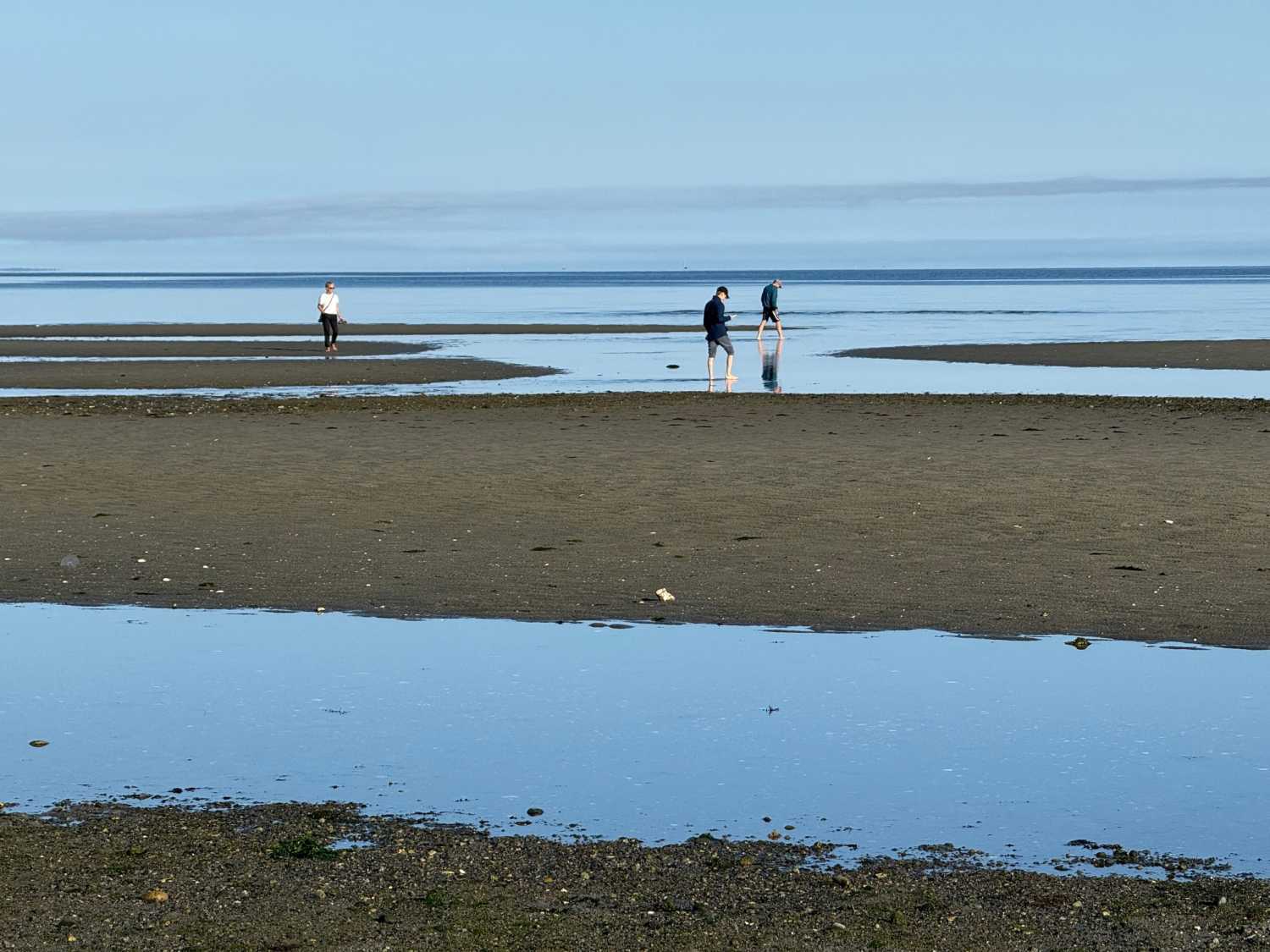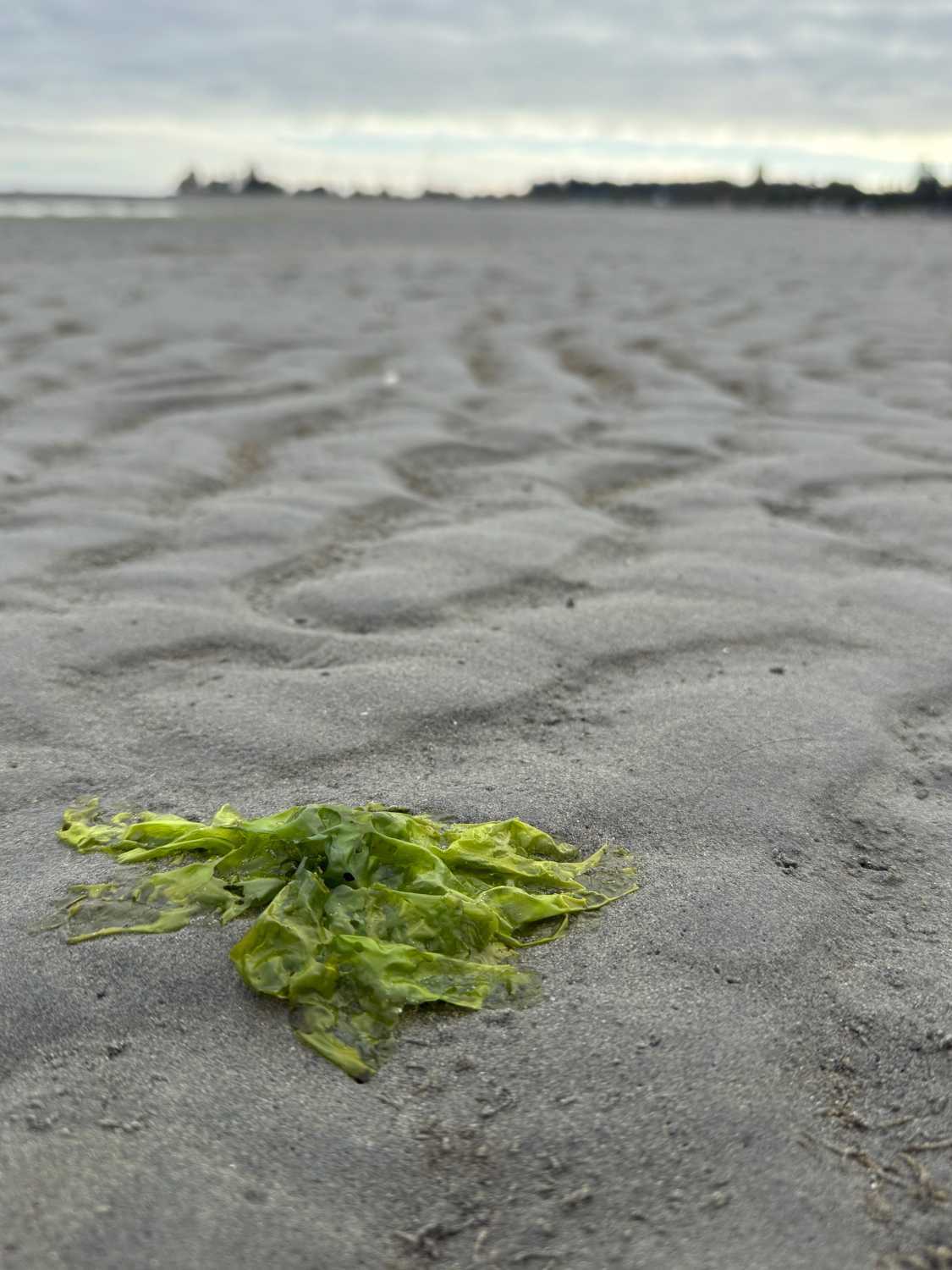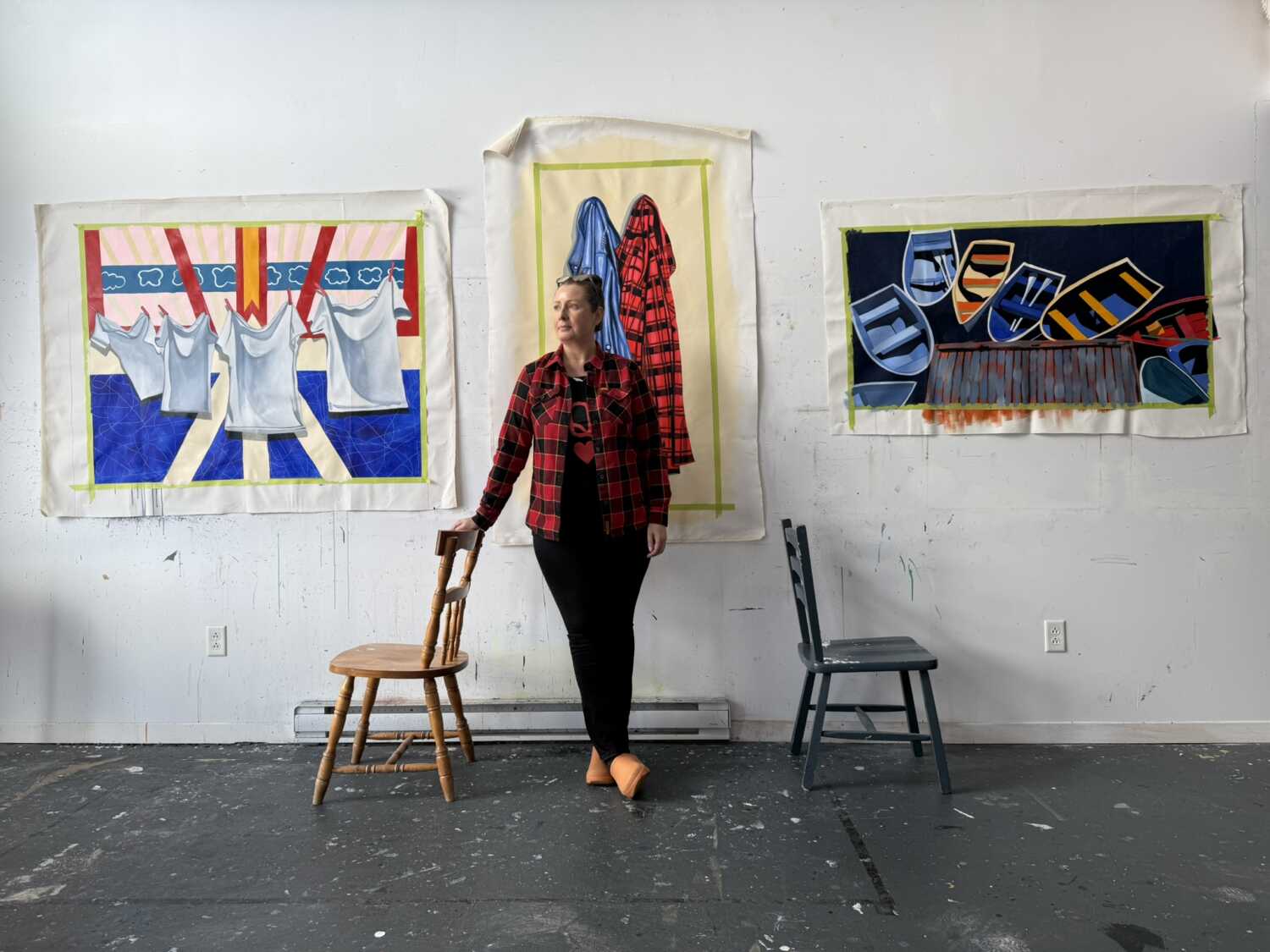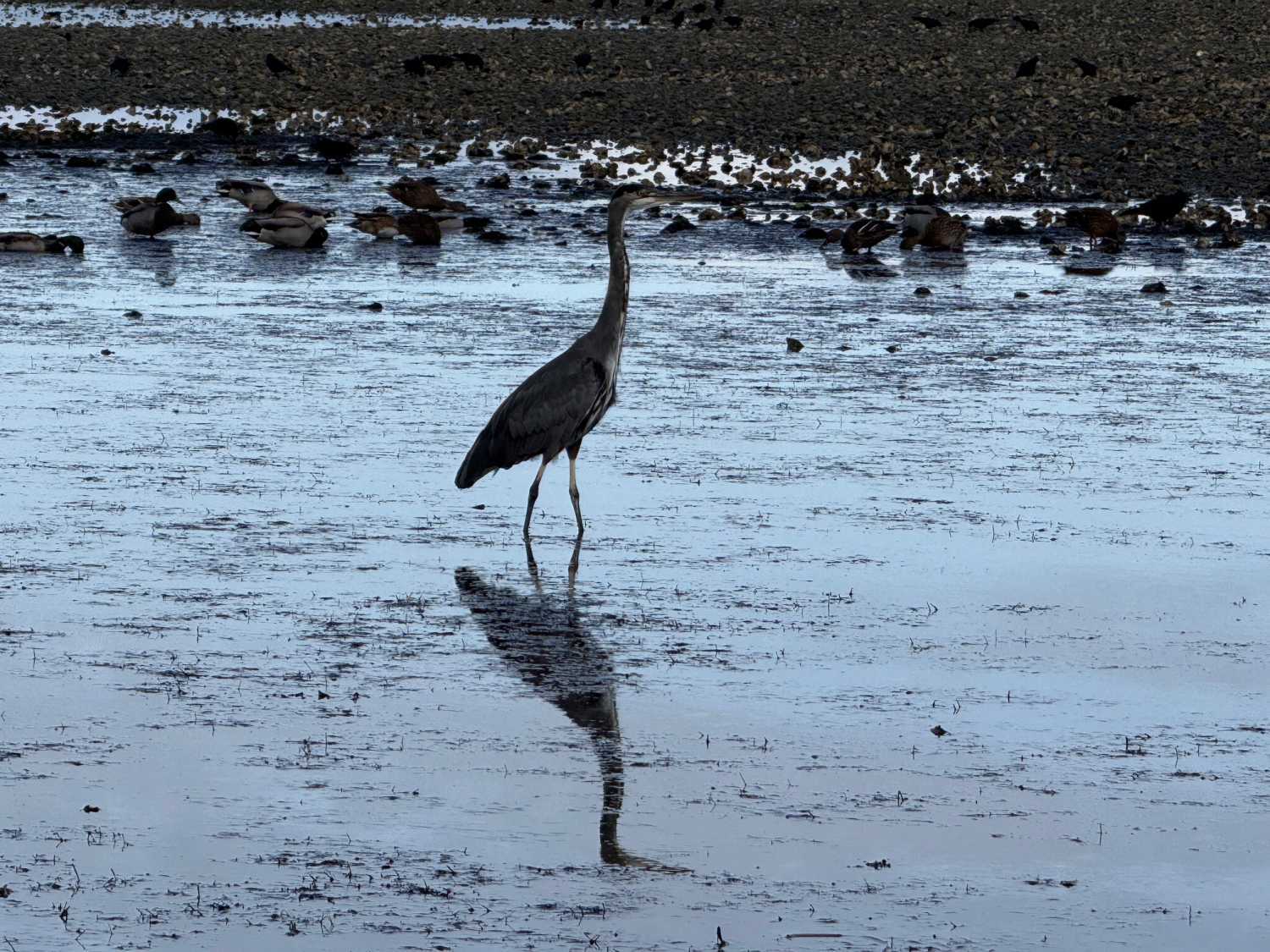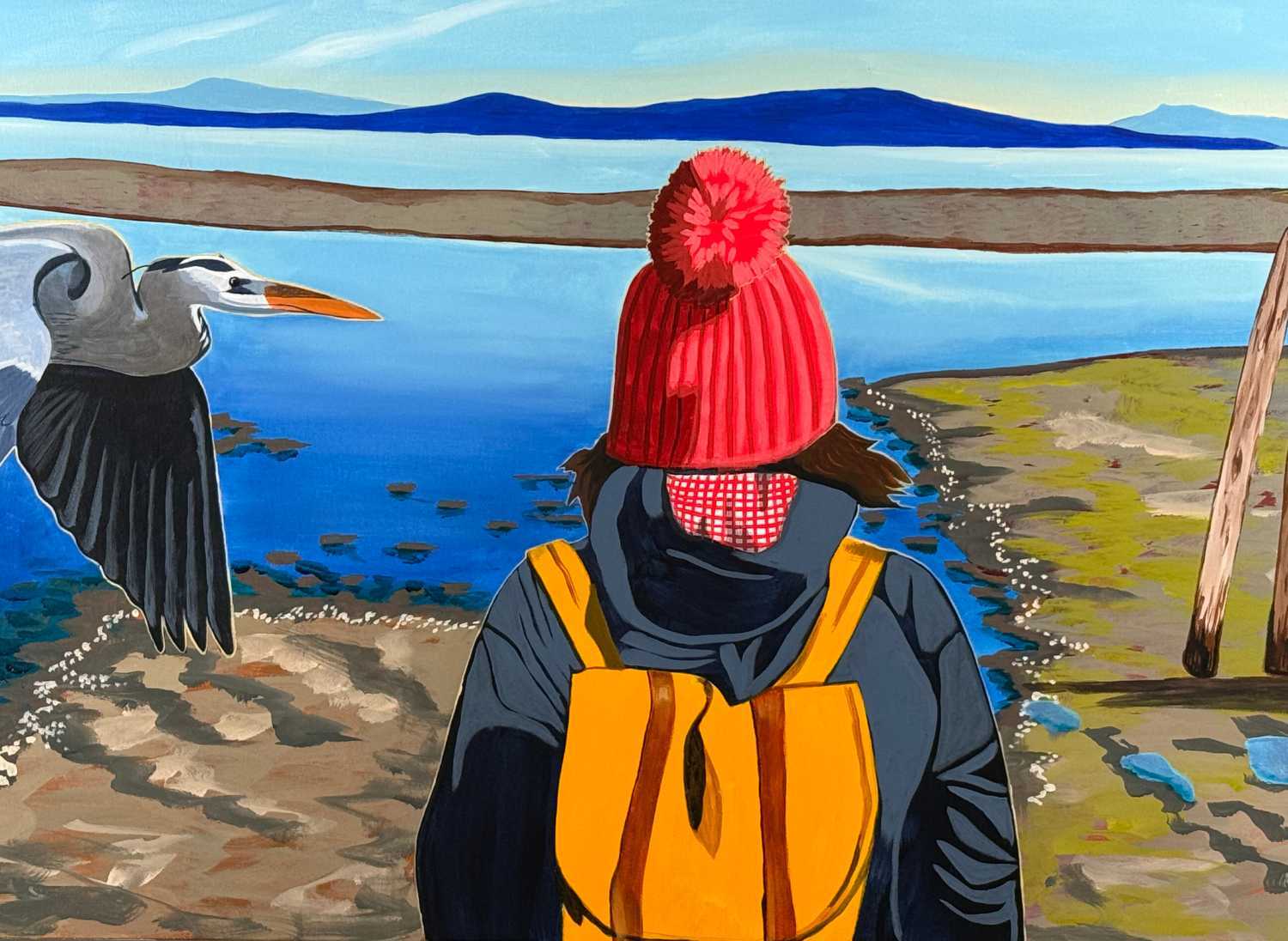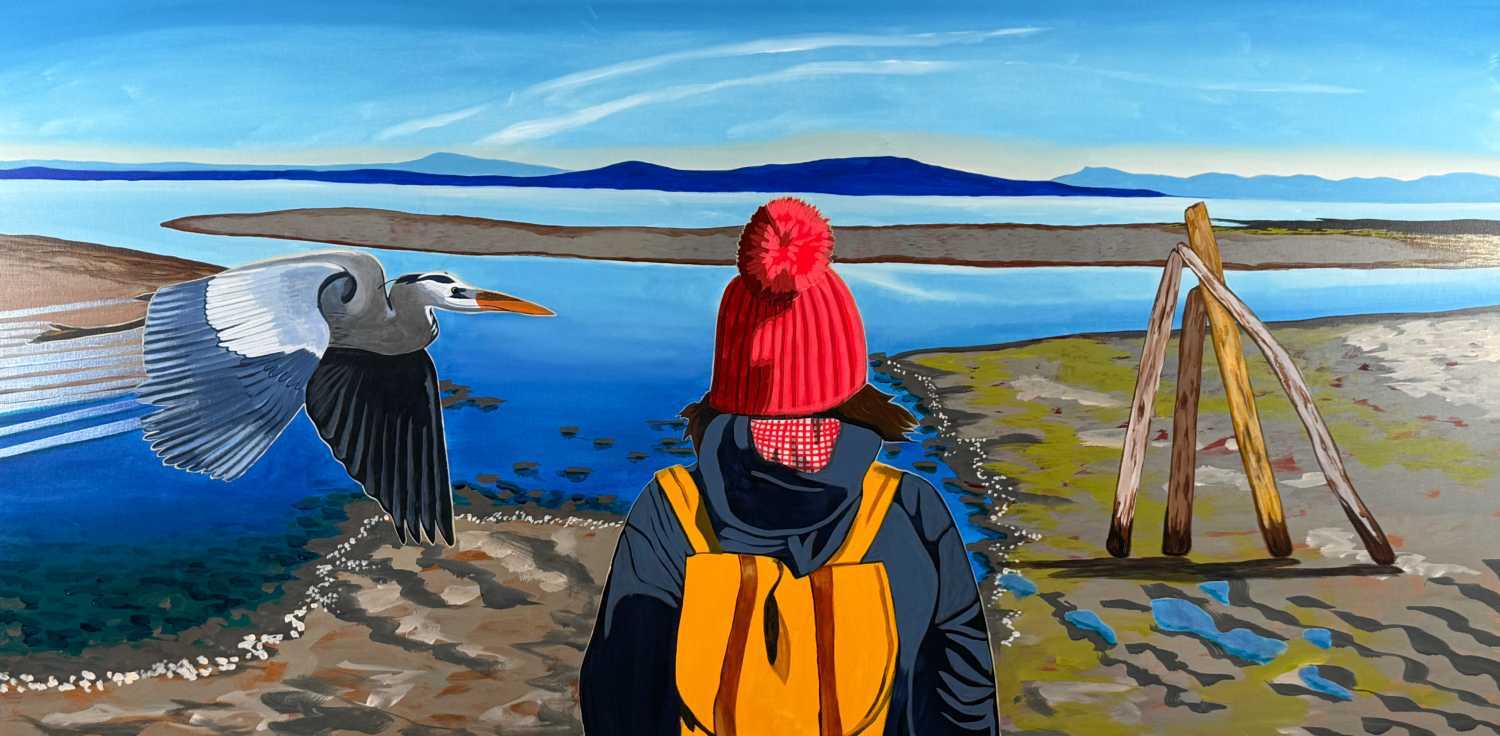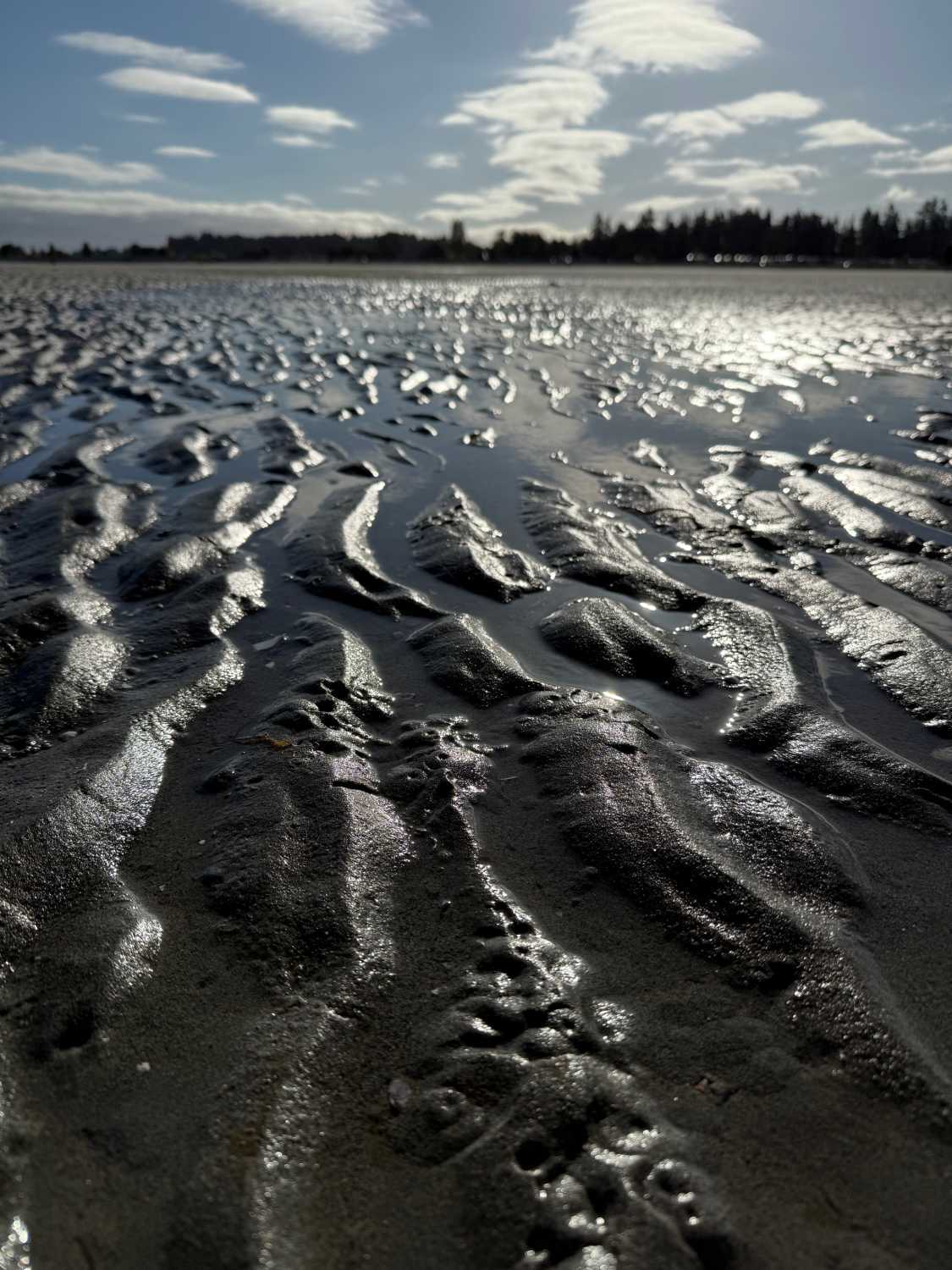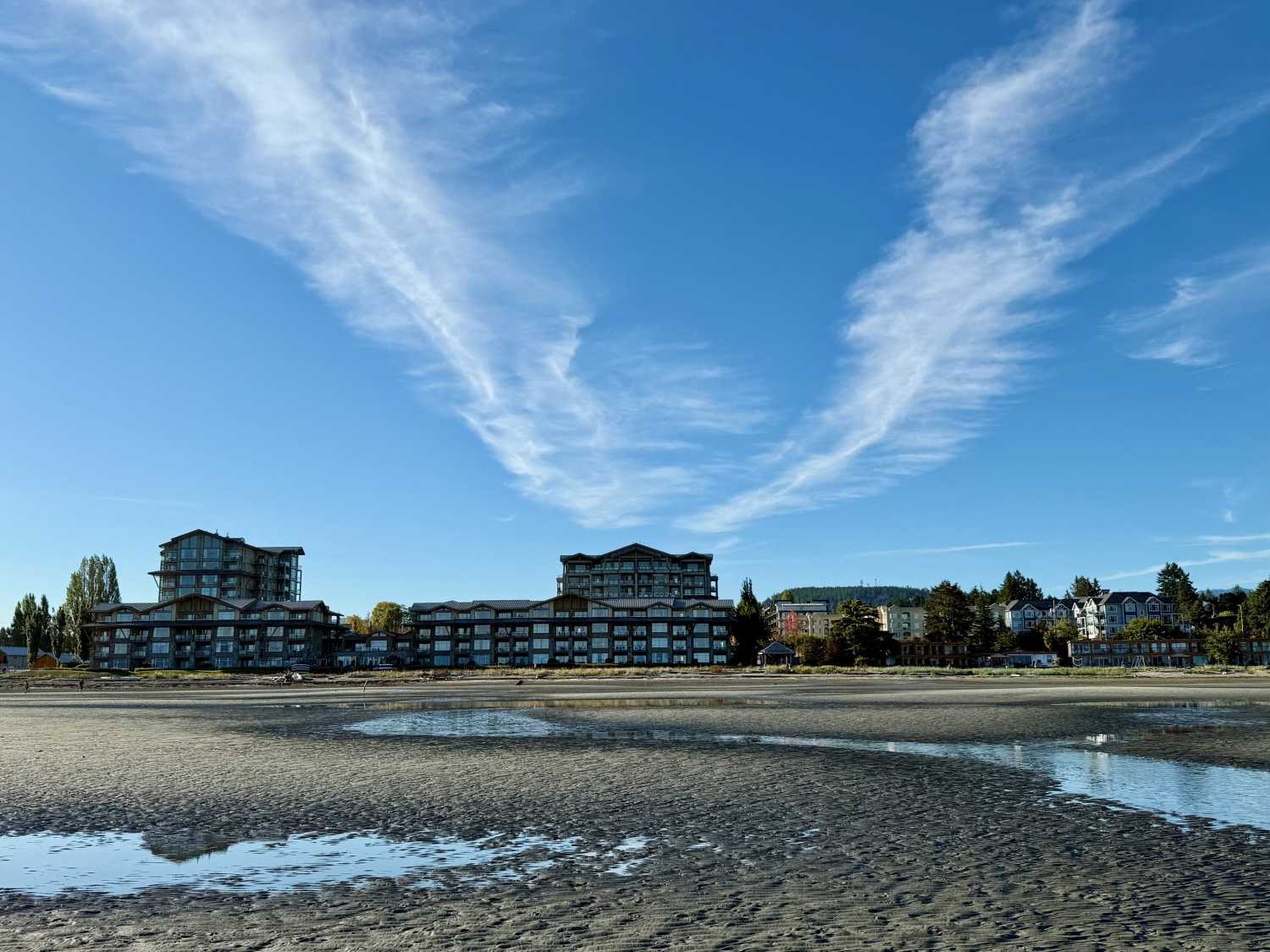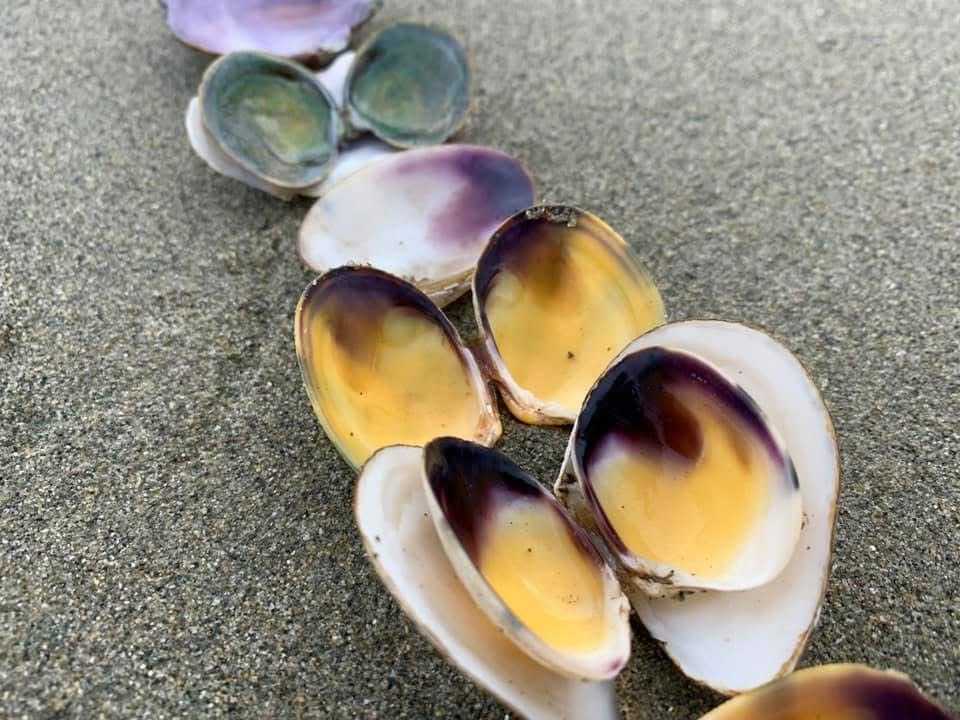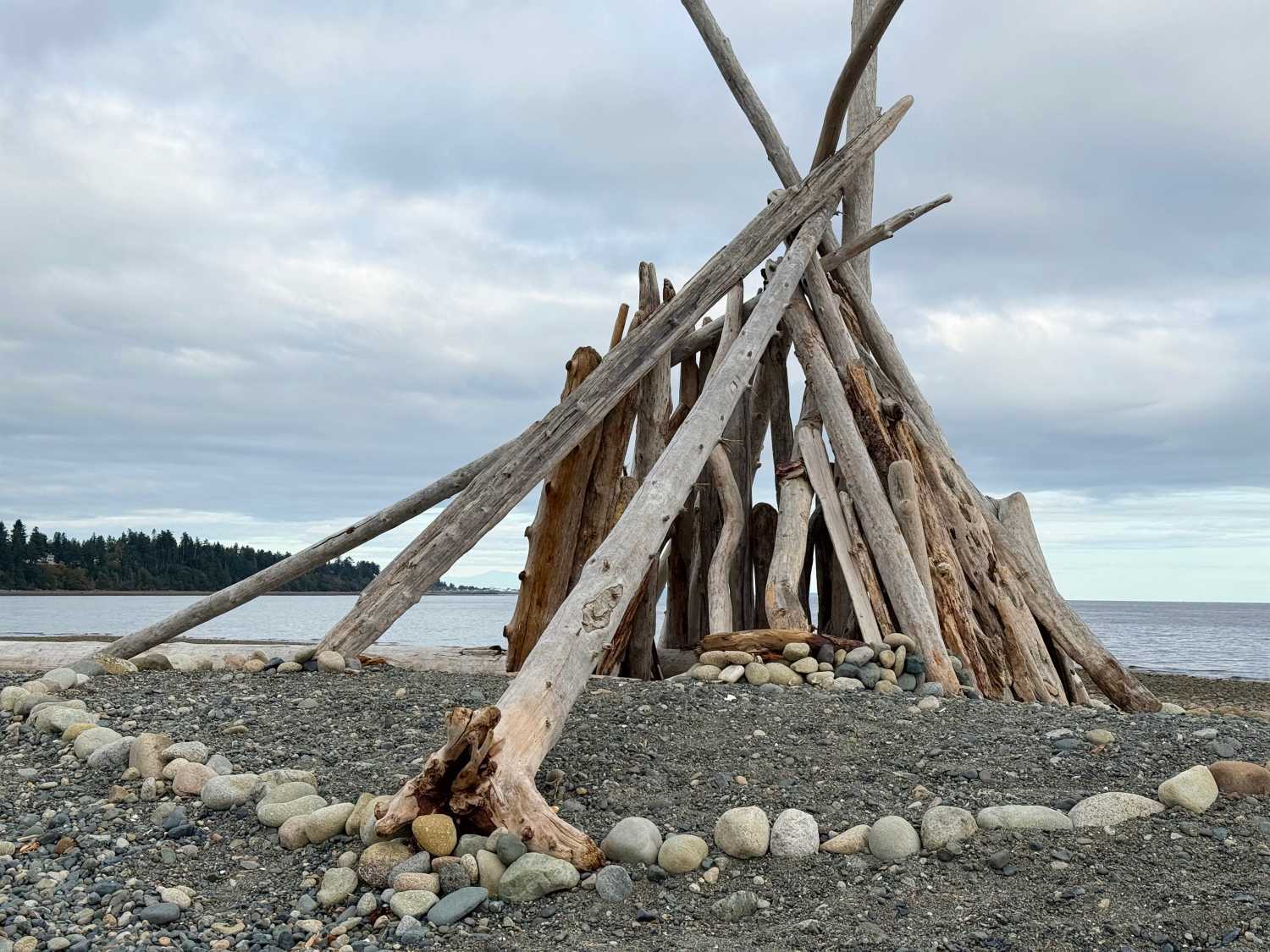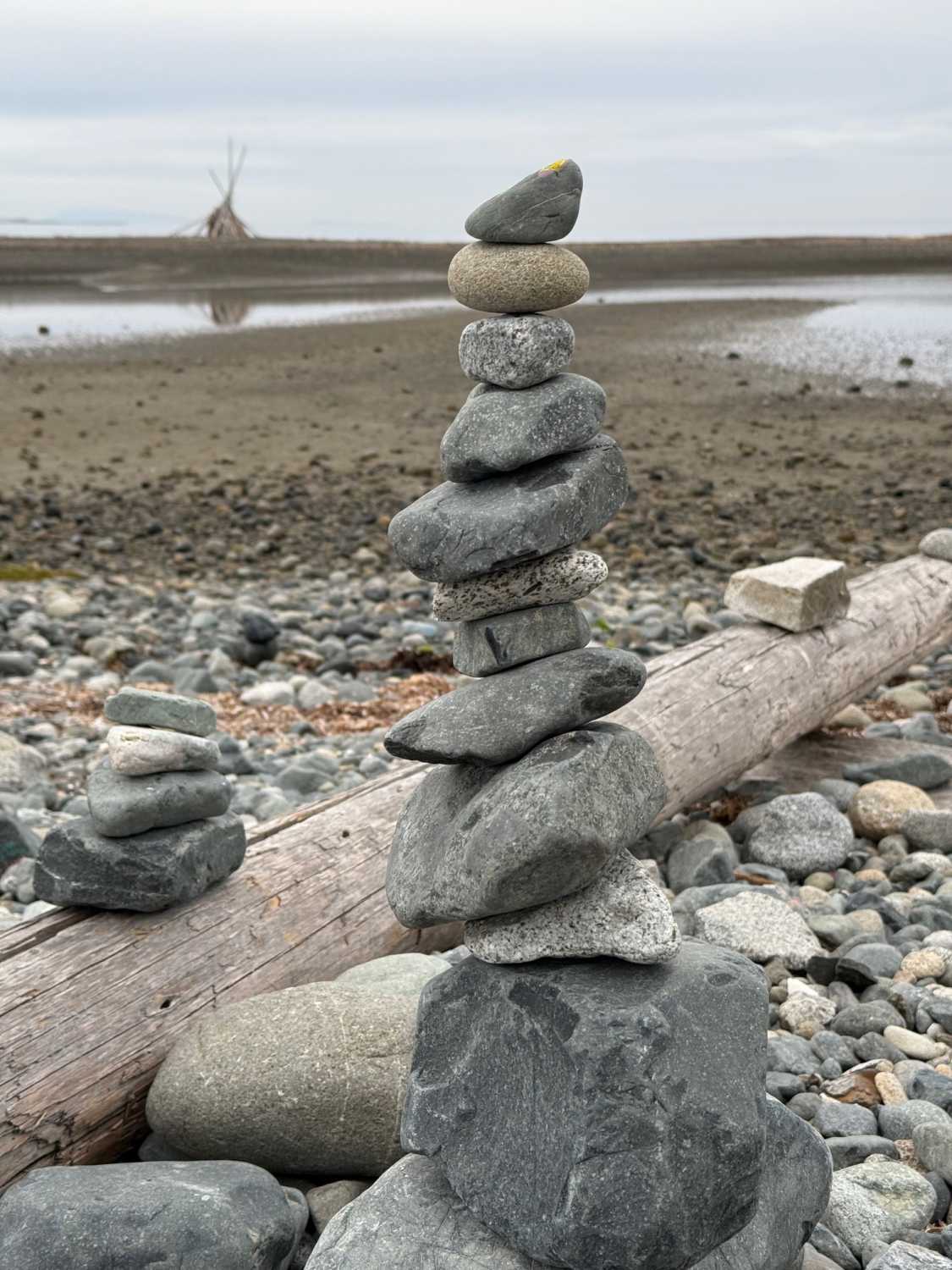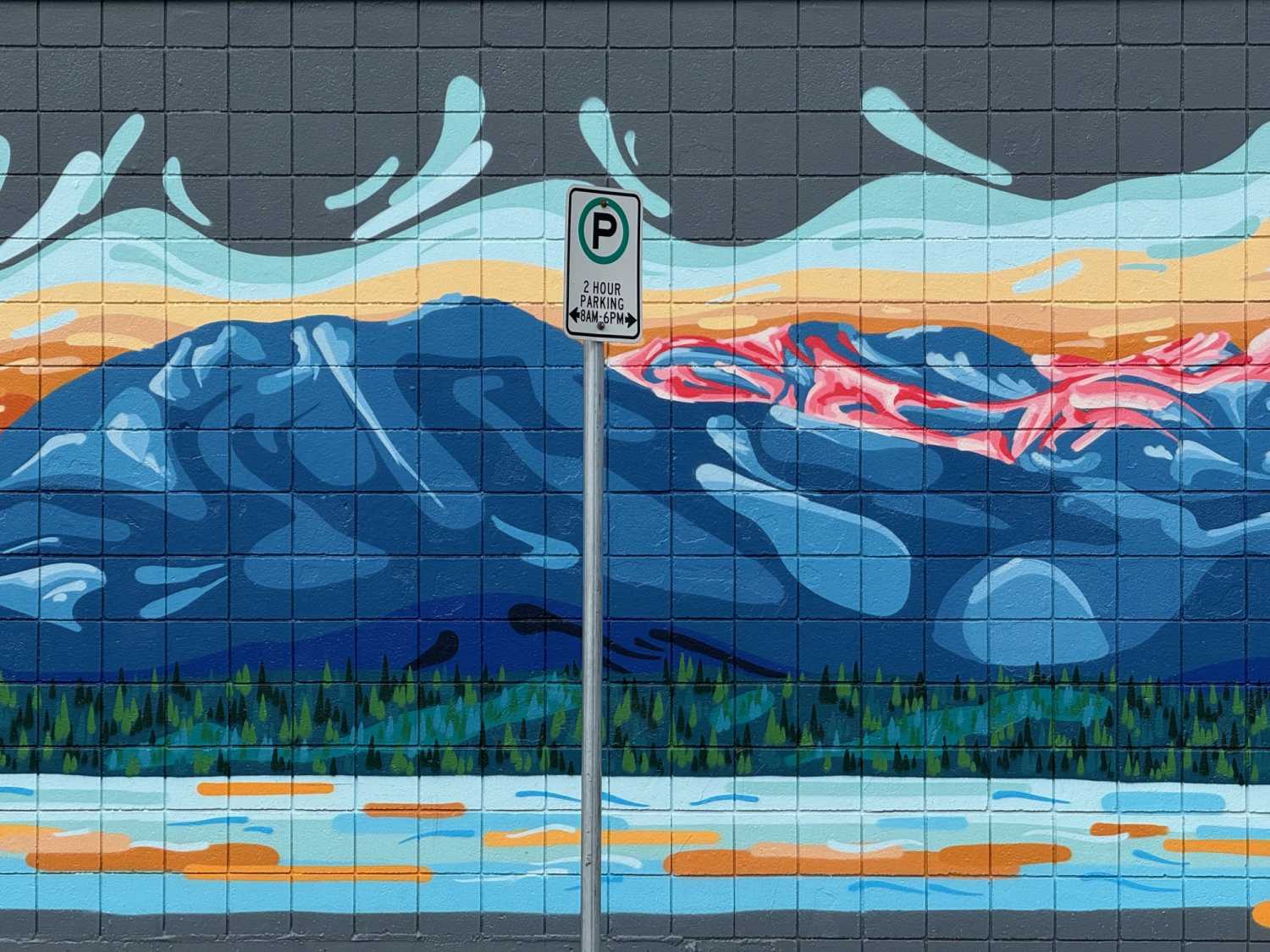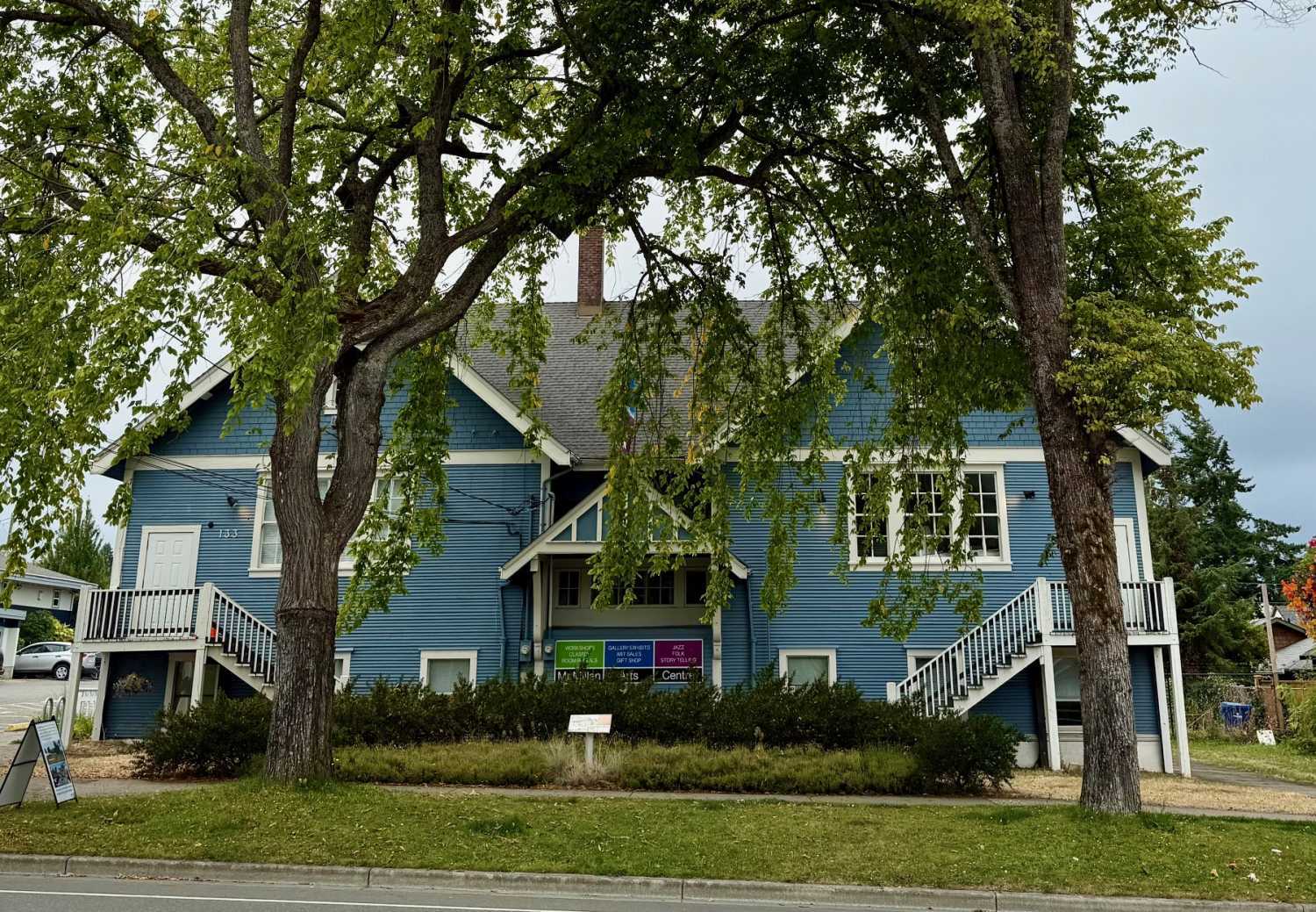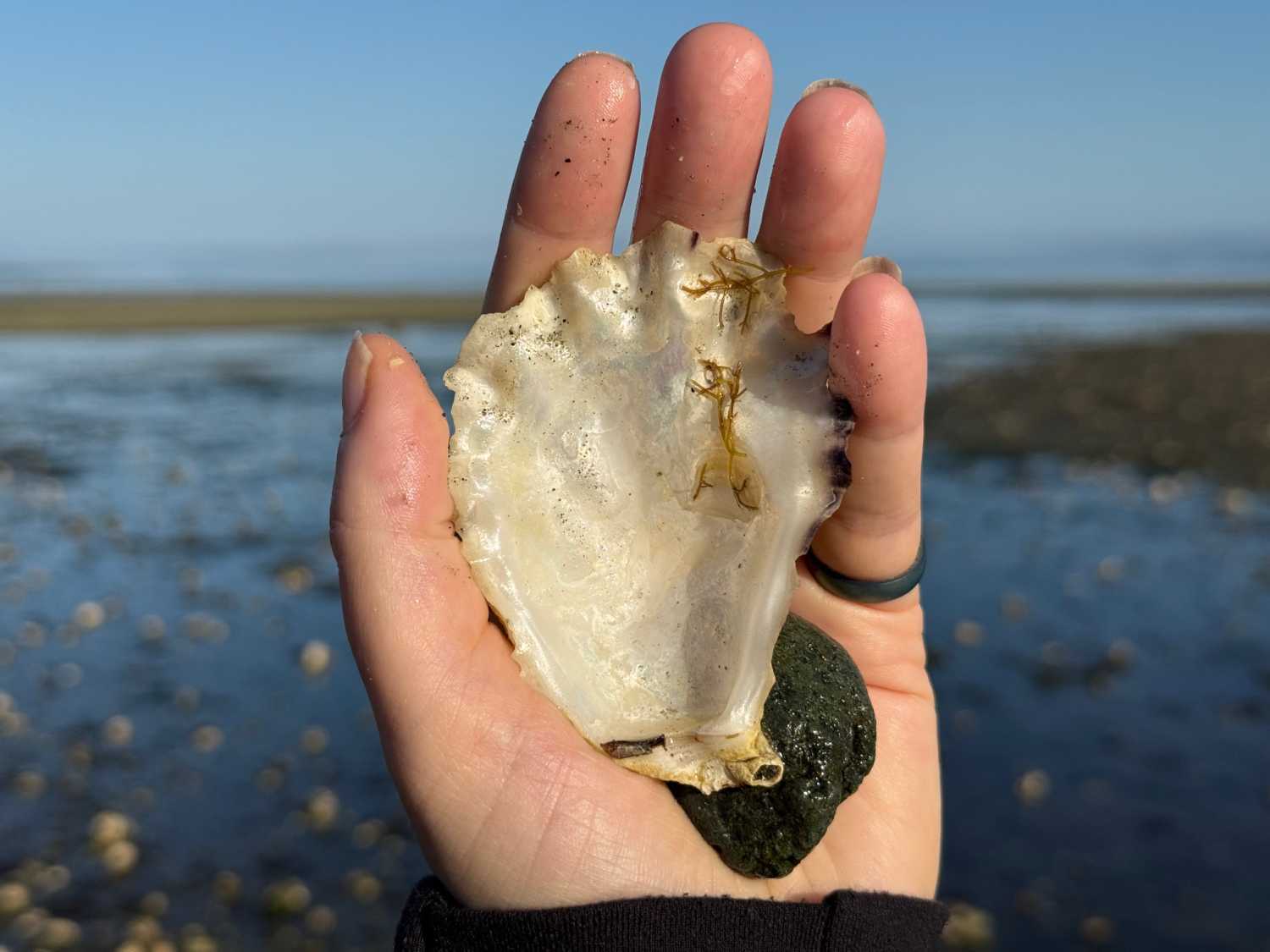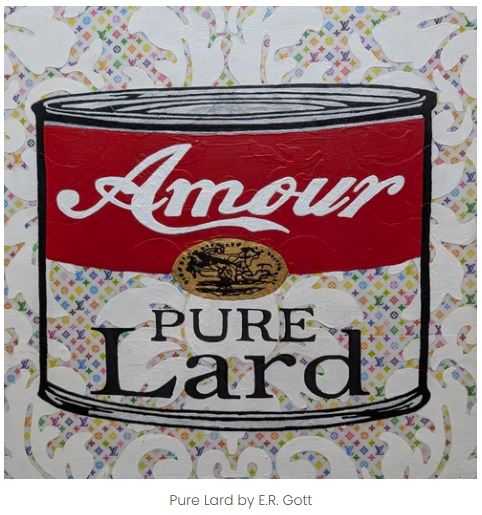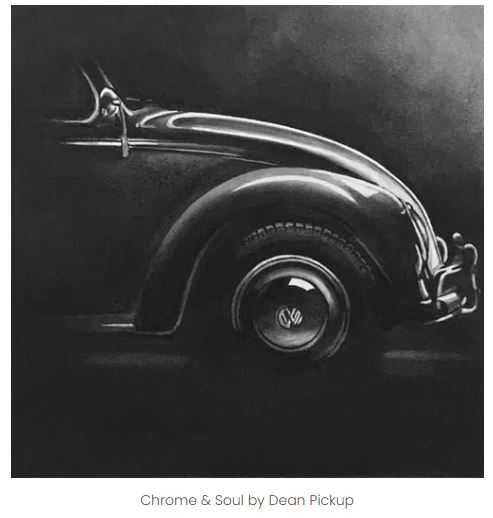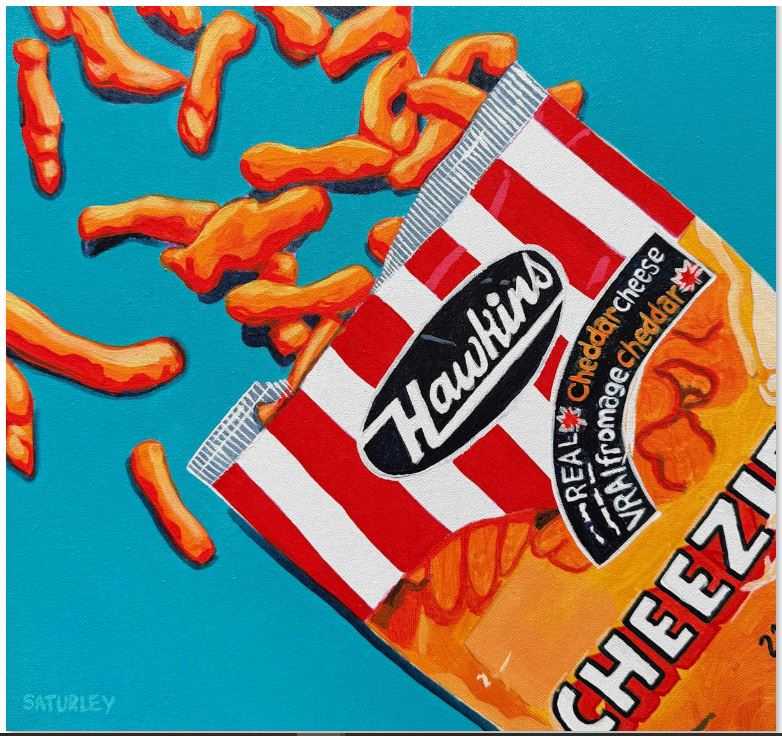Shells As Still Life – Paintings of the West Coast
I grew up on a West Coast beach. As a child, my days were spent either drawing in my bedroom or beachcombing and hiking. Just a mile from my house was a quiet stretch of sand with a view of the snow-capped Olympic Mountains, near a place called East Sooke. It was there that my fascination with collecting shells began – arranging them into still life compositions and collages right on the shore.
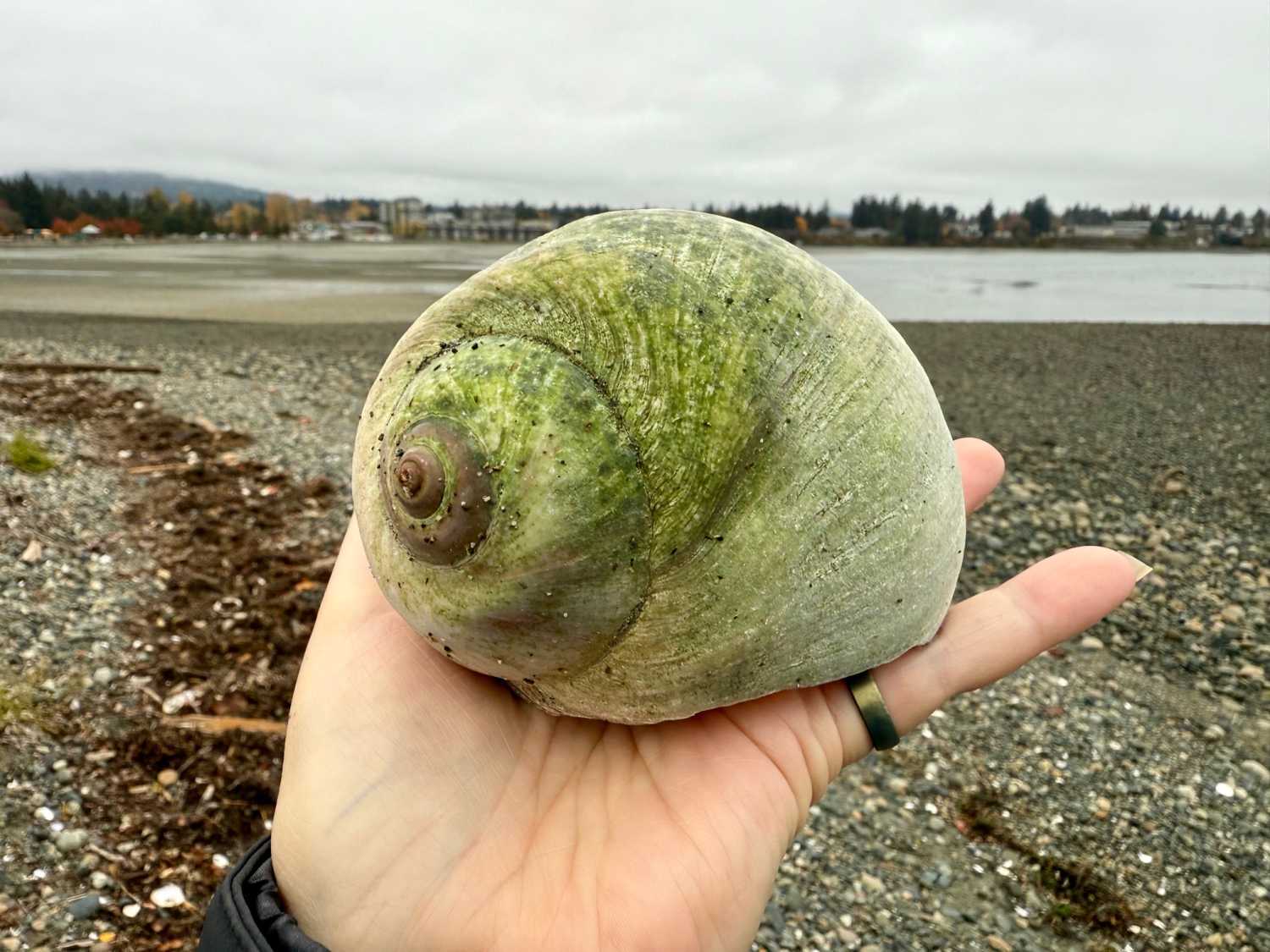
Moon Snail Shell found in Parksville, BC Canada
Sometimes the shells came home with me, transforming into elaborate displays on my bedroom shelves, often accompanied by rocks and driftwood. Later in life, I began photographing these arrangements, some created on the beach and left behind for others to discover. I became captivated by their smooth, sculptural forms, their layered textures, and their soft, natural palette.
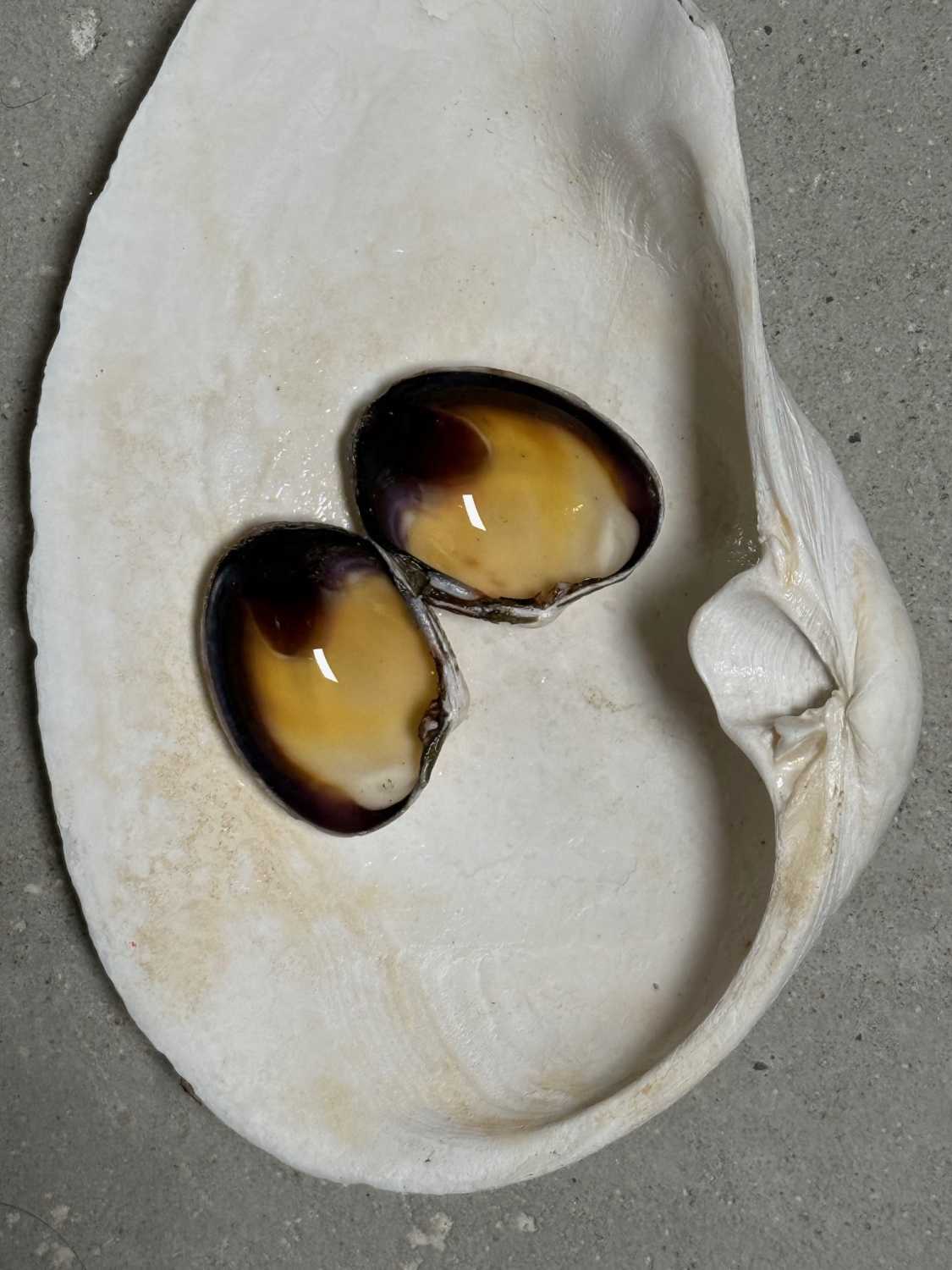
Various clam shells – Vancouver Island, BC Canada
When I think of shells in art, Georgia O’Keeffe immediately comes to mind. I remember visiting her home in Abiquiú, New Mexico, where she kept collections of shells and rocks displayed in her courtyard – often alongside her iconic skulls. In many ways, we are kindred spirits, both drawn to natural specimens that eventually find their way into our work through paint and brushstroke.
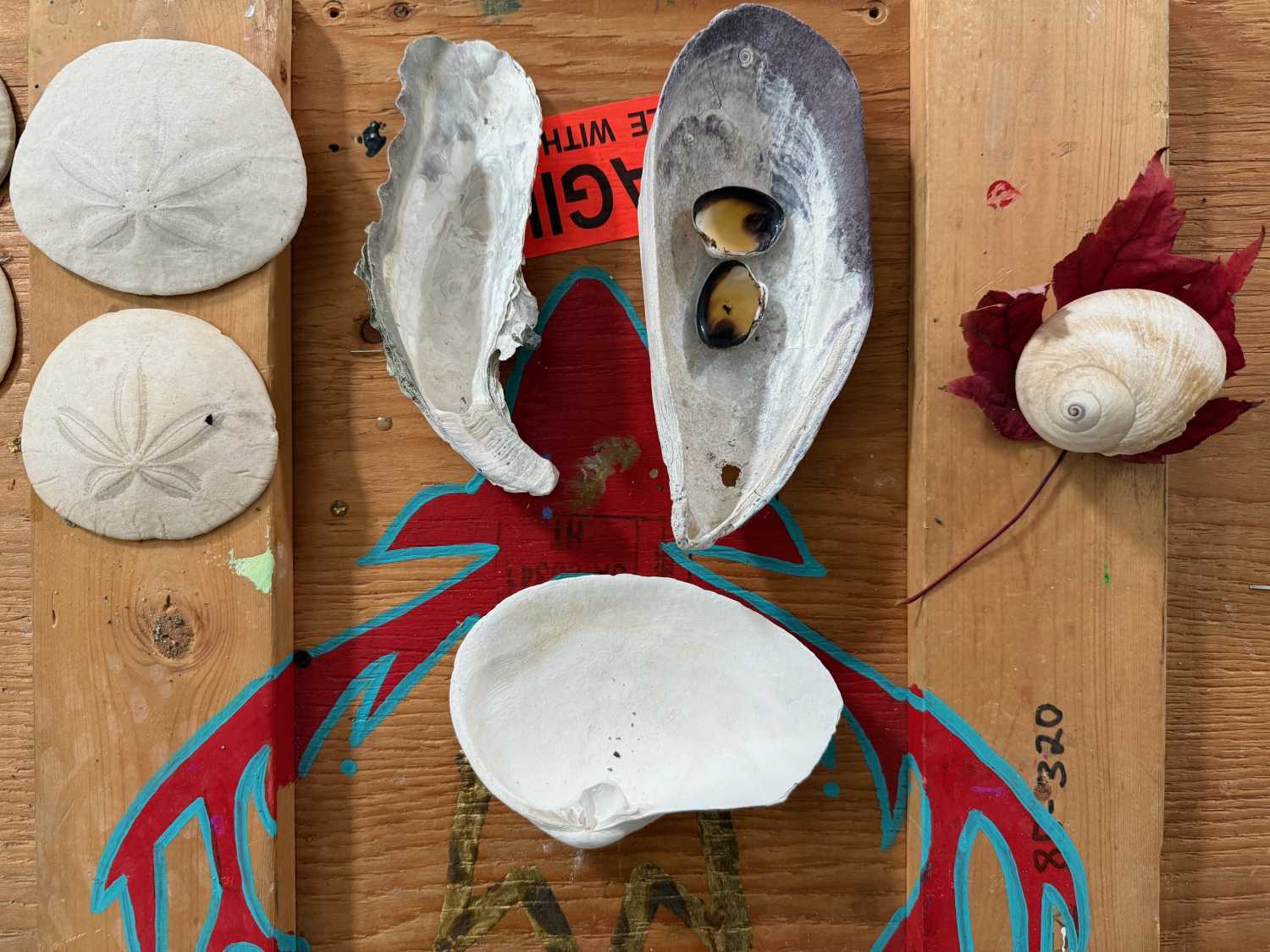
Shells found on beaches on Vancouver Island, BC Canada.
Since moving my studio to Parksville, BC – near the expansive sandy beaches on the east coast of Vancouver Island, I’ve found myself revisiting this lifelong fascination. I walk the shoreline almost daily, continually distracted by the remnants of shells scattered along the tide line. For the first time, I’ve felt compelled to paint them, translating these natural arrangements into still life compositions on canvas.
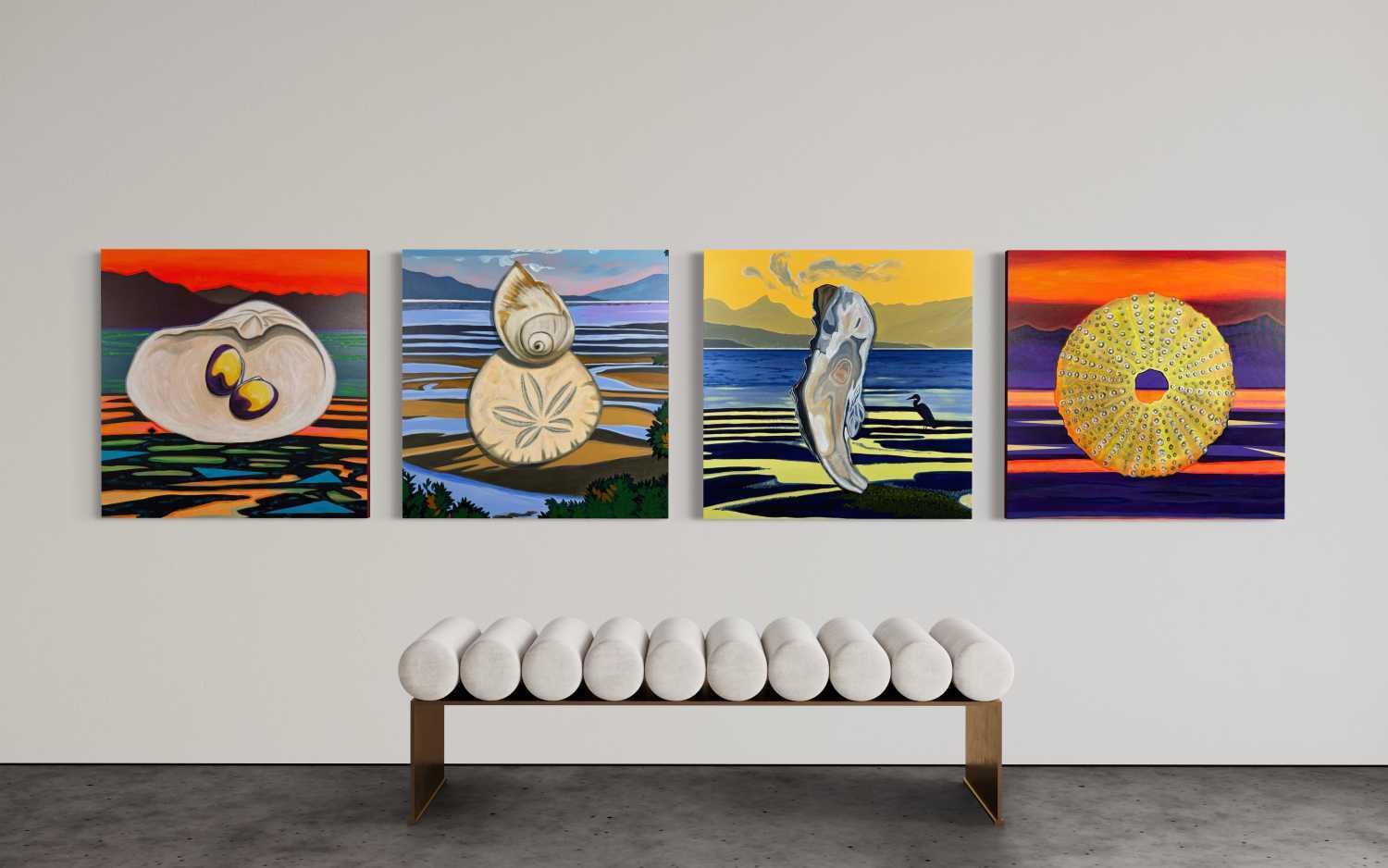
Sea Shells Still Life Paintings – Brandy Saturley 2025
Four New Still Life Shell Paintings
These four new paintings feature shells suspended within coastal landscapes, captured at different times of day and in shifting light. While they are still life paintings, I also refer to them as portraits, as I am painting a portrait of the landscapes, where the shells act as the sitter. They express my enduring love and curiosity for these homes of the sea – a West Coast meditation on beauty, fragility, and form.

